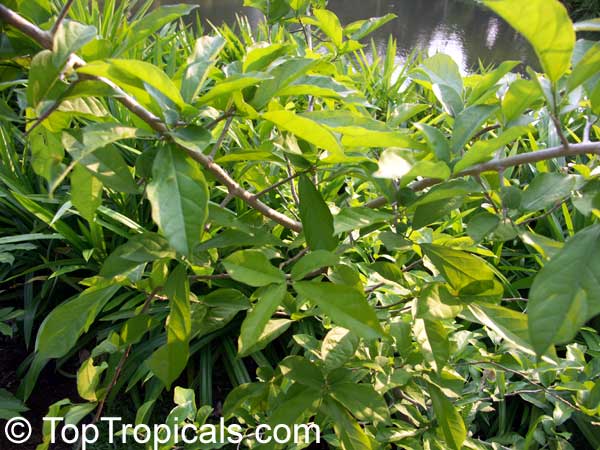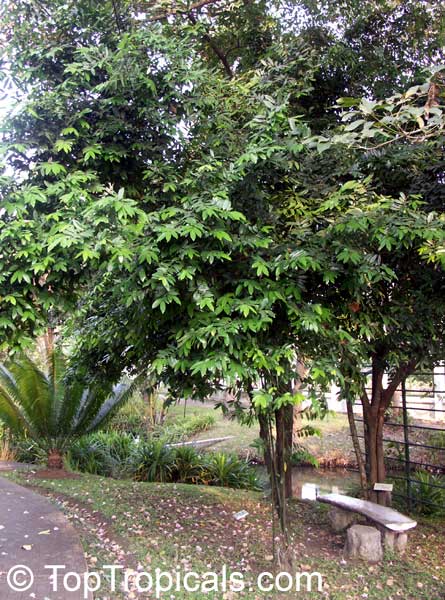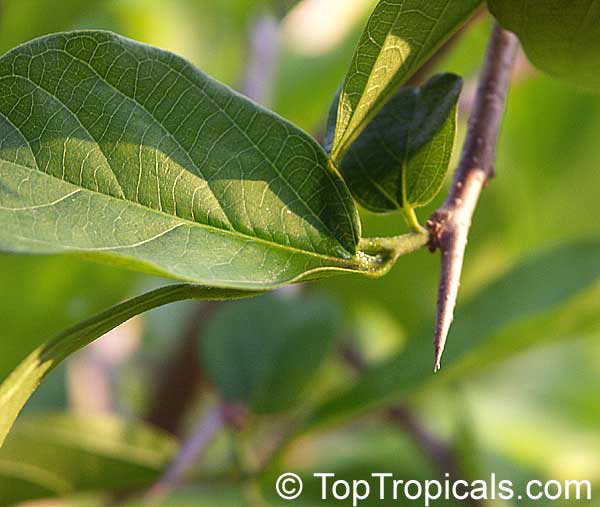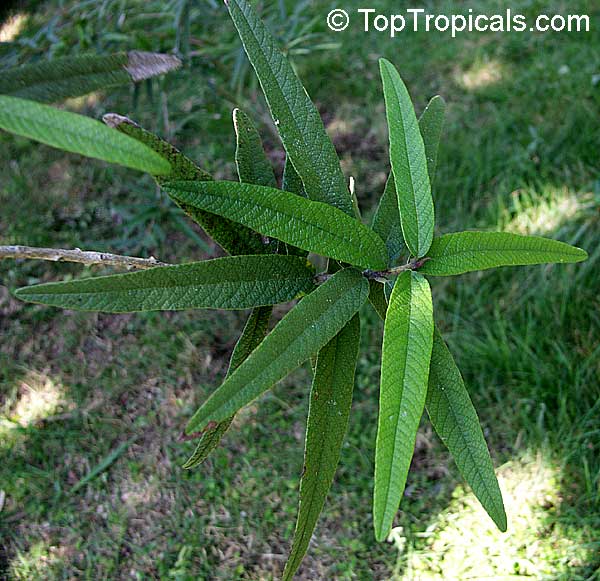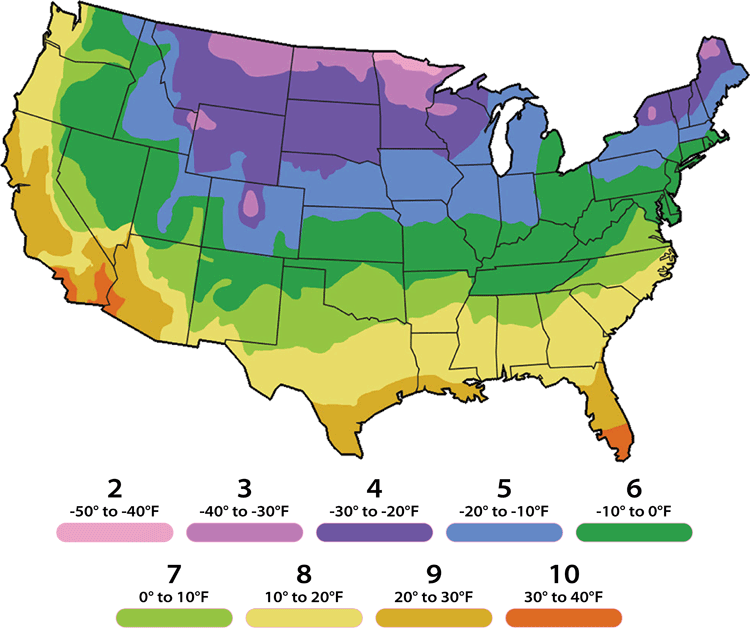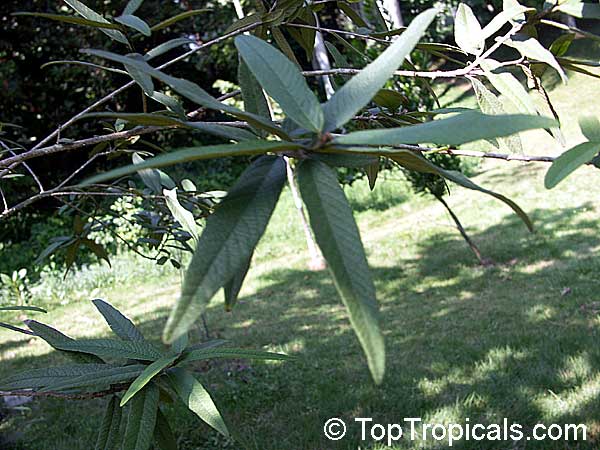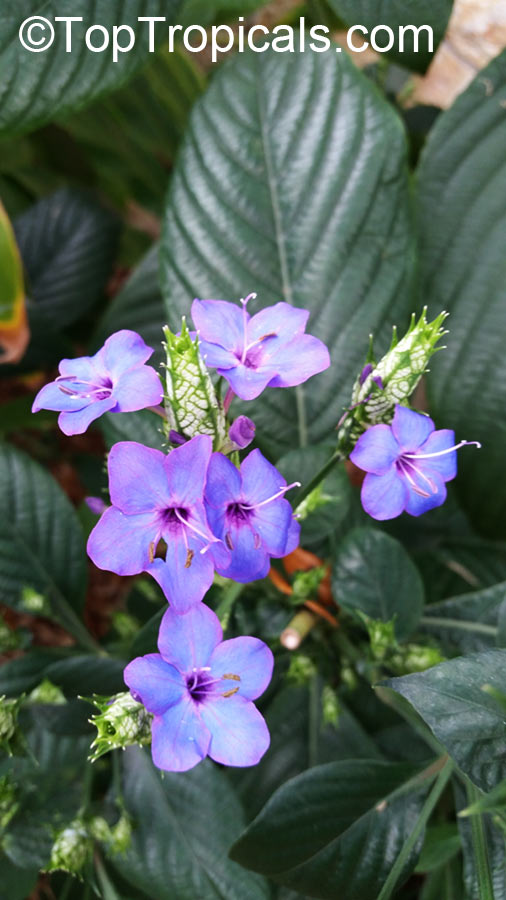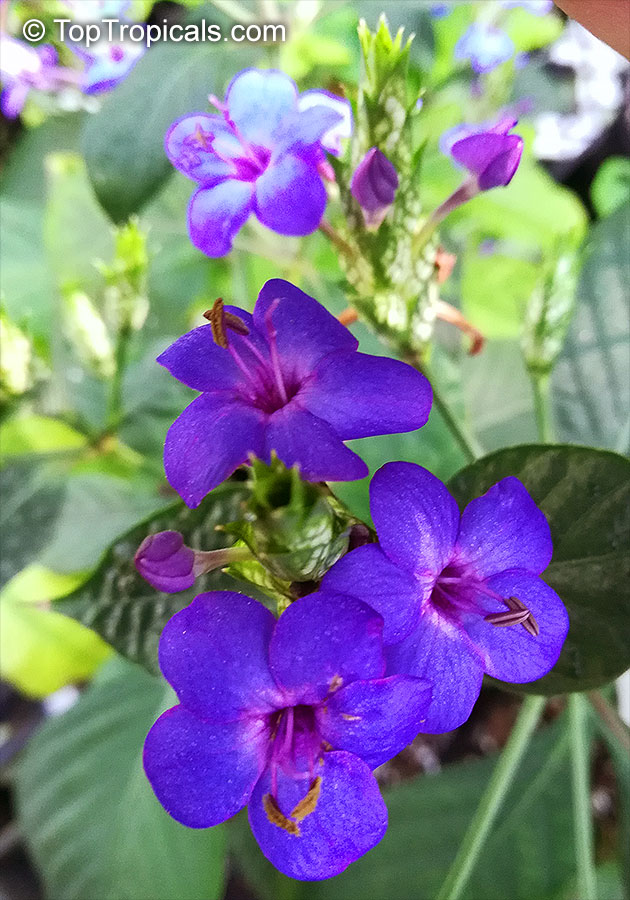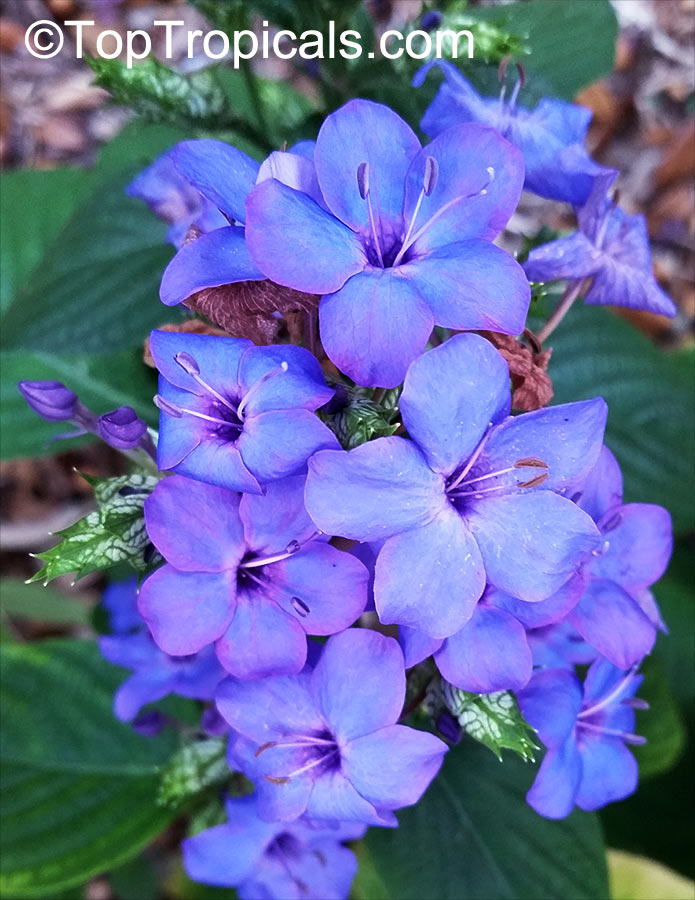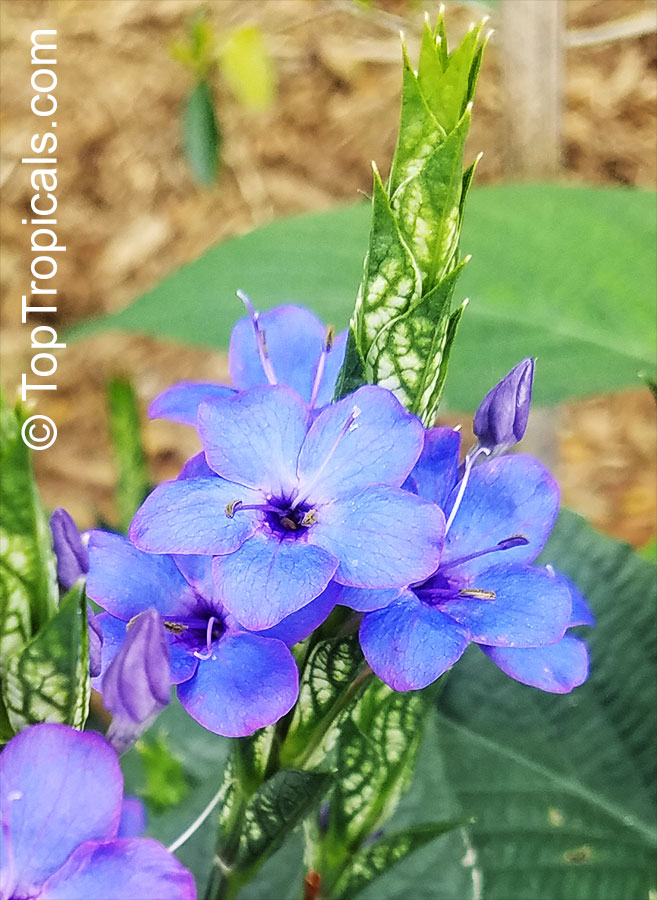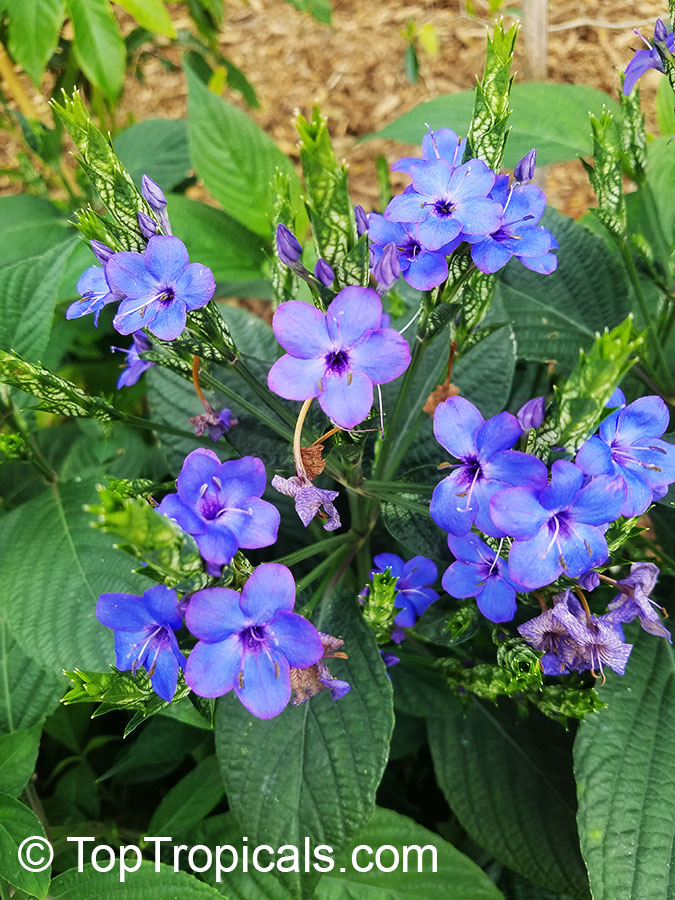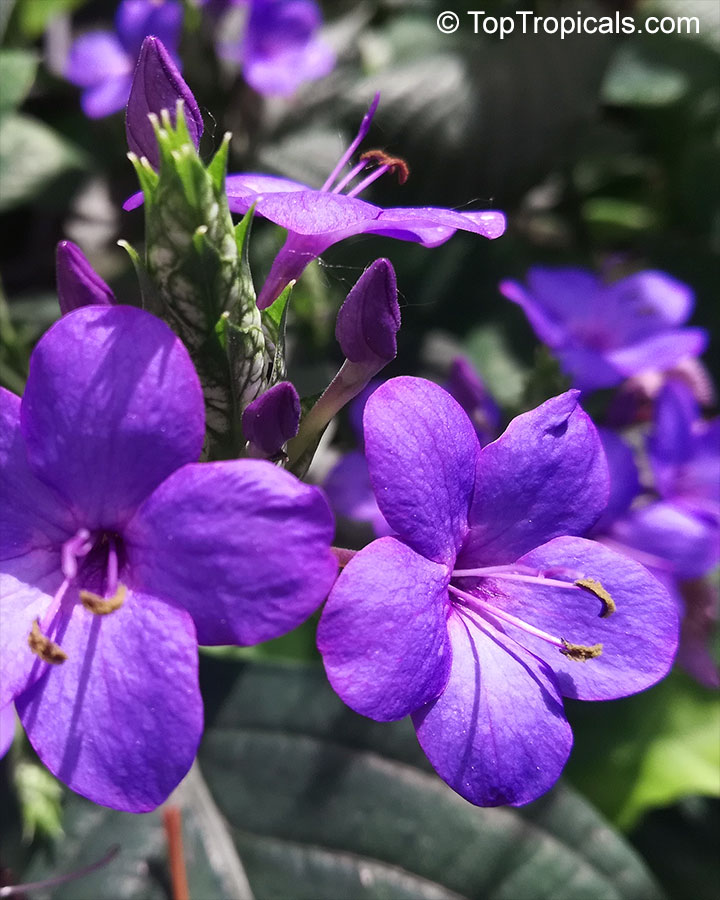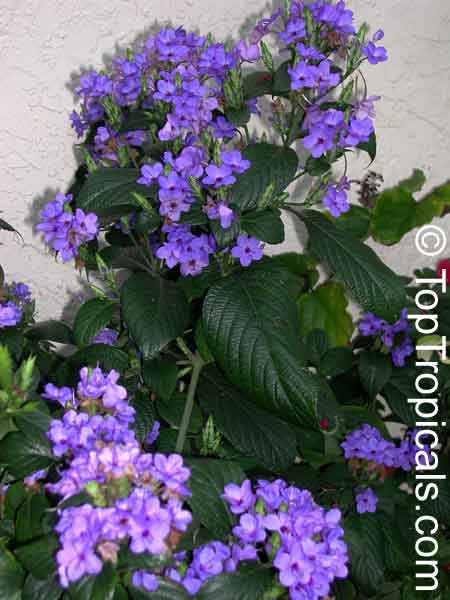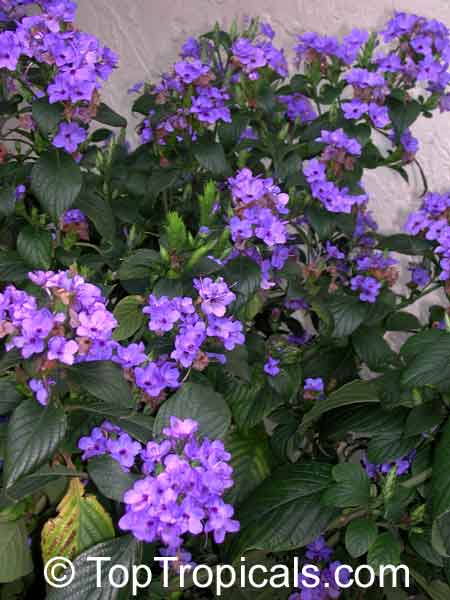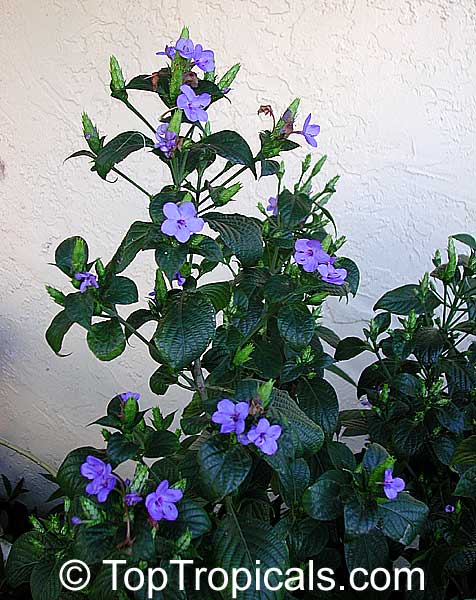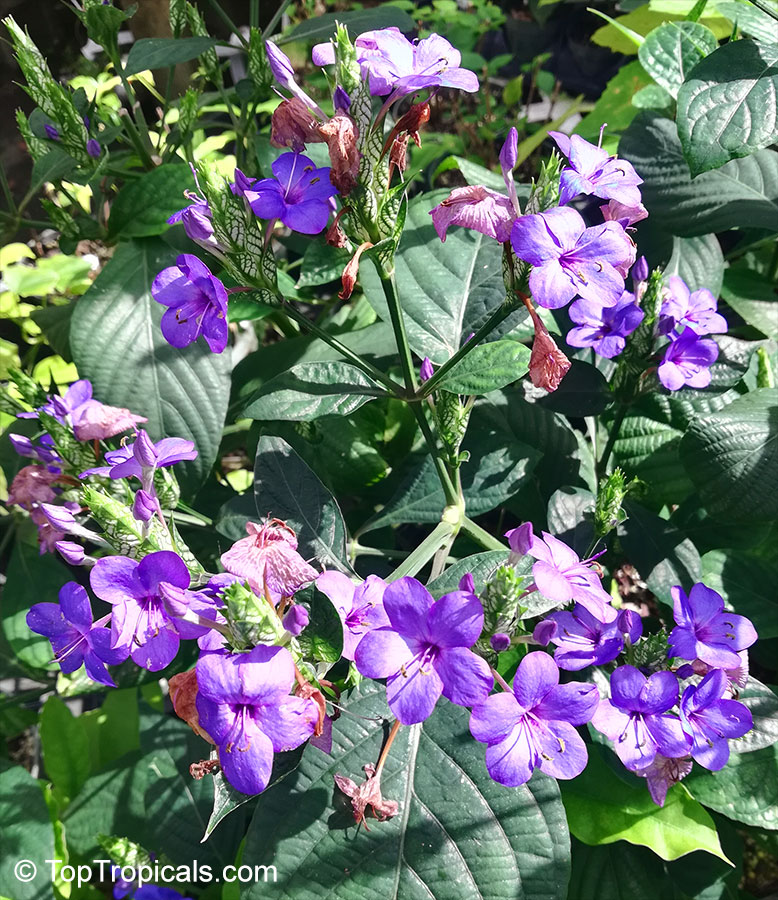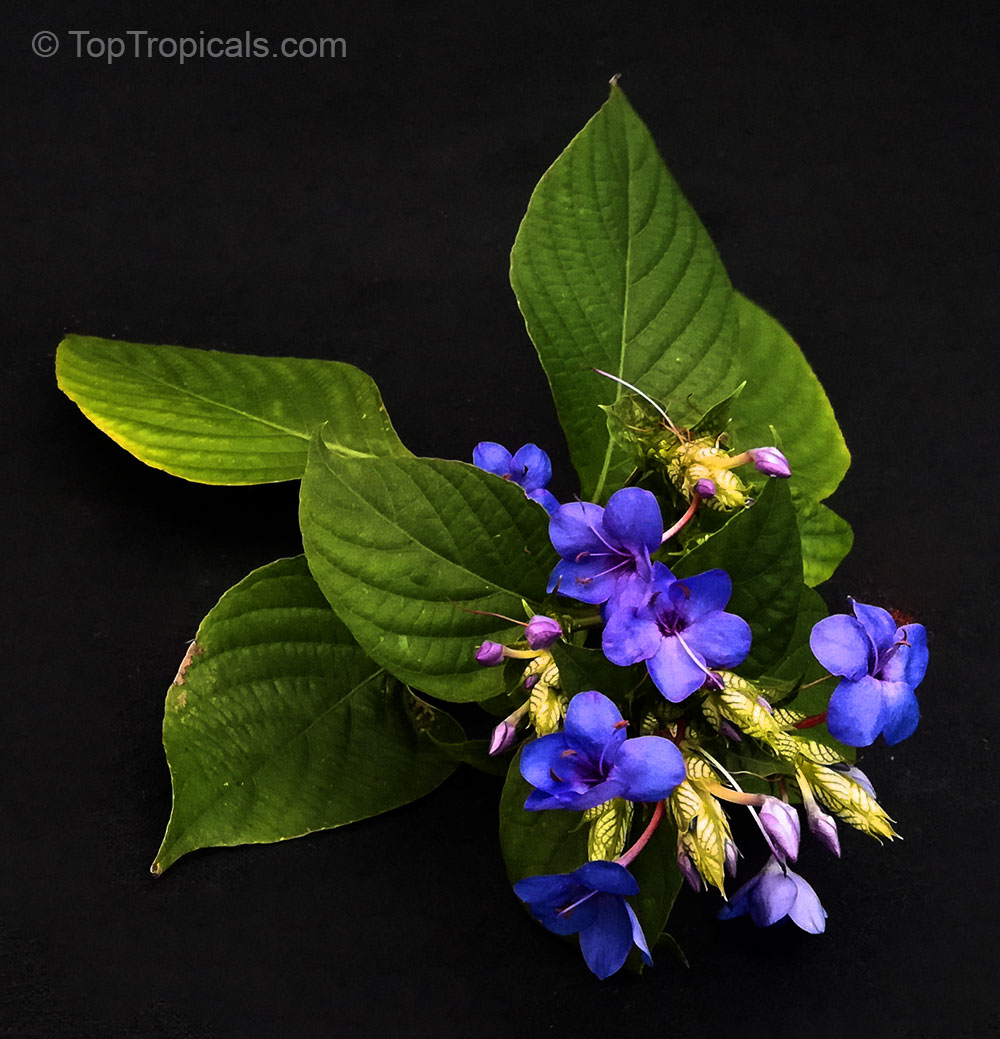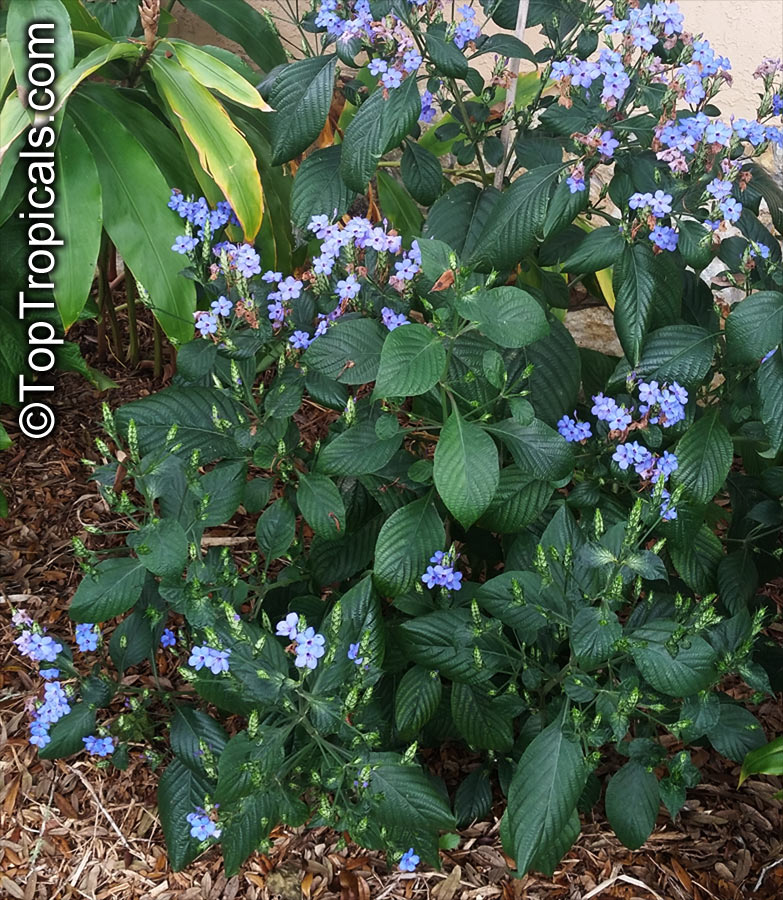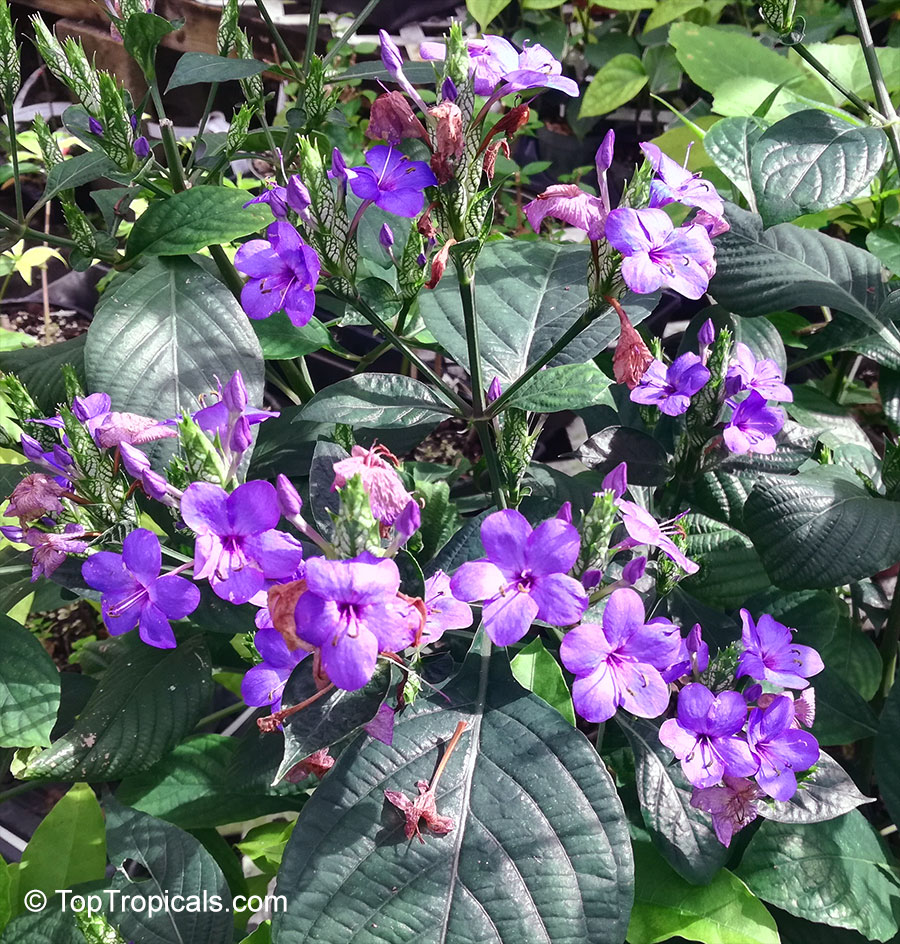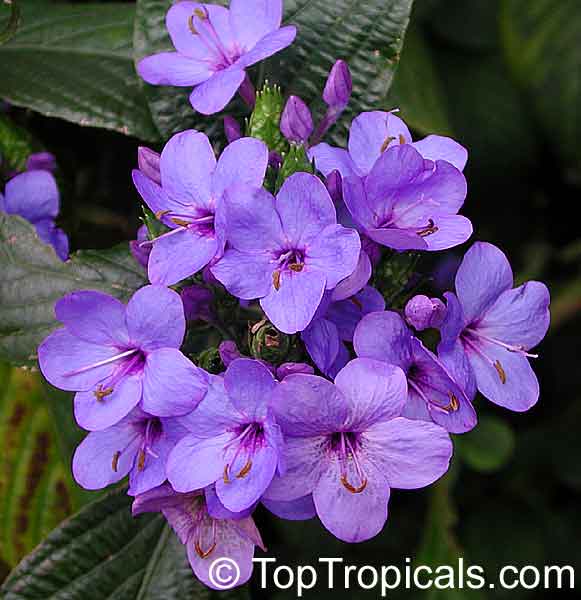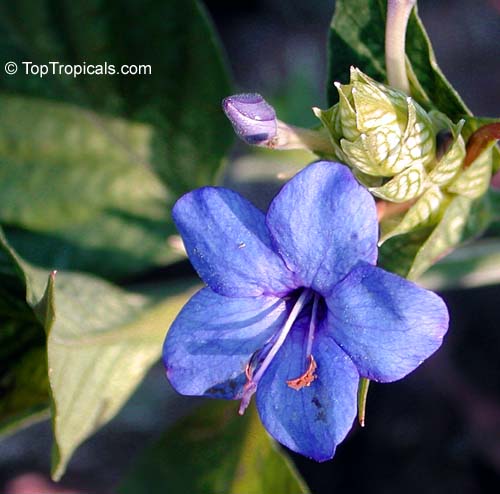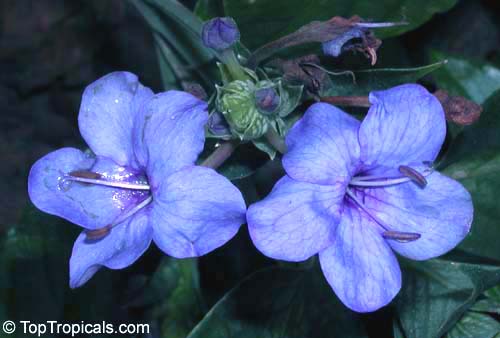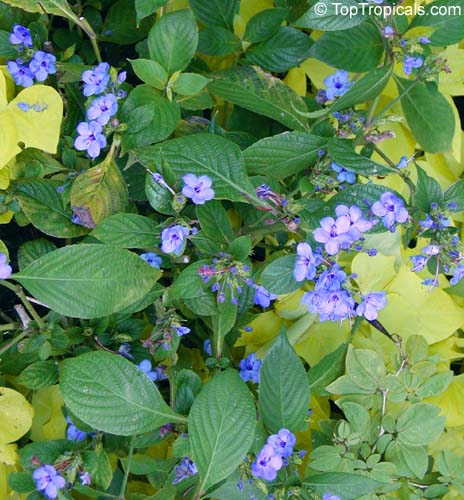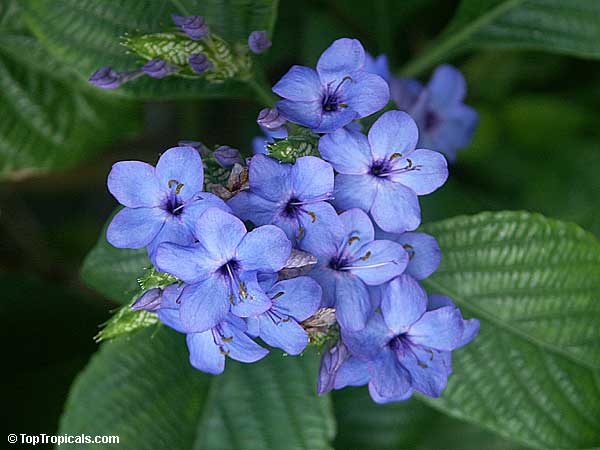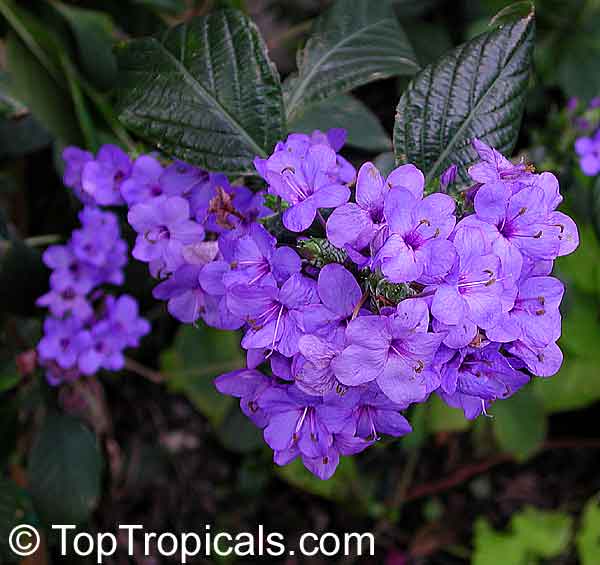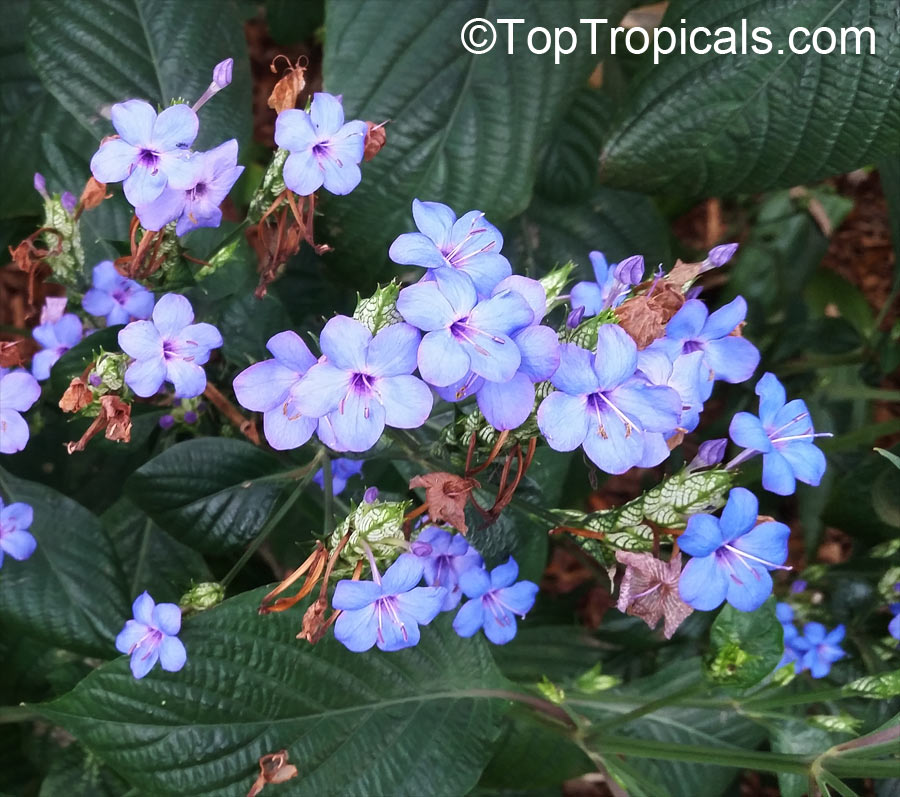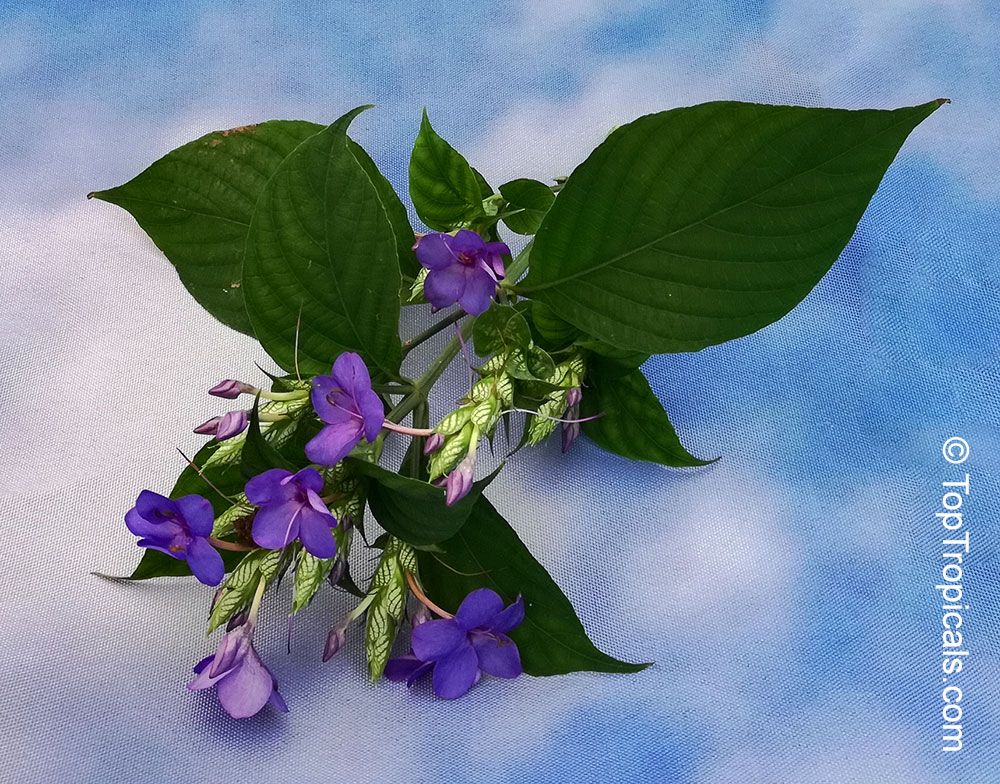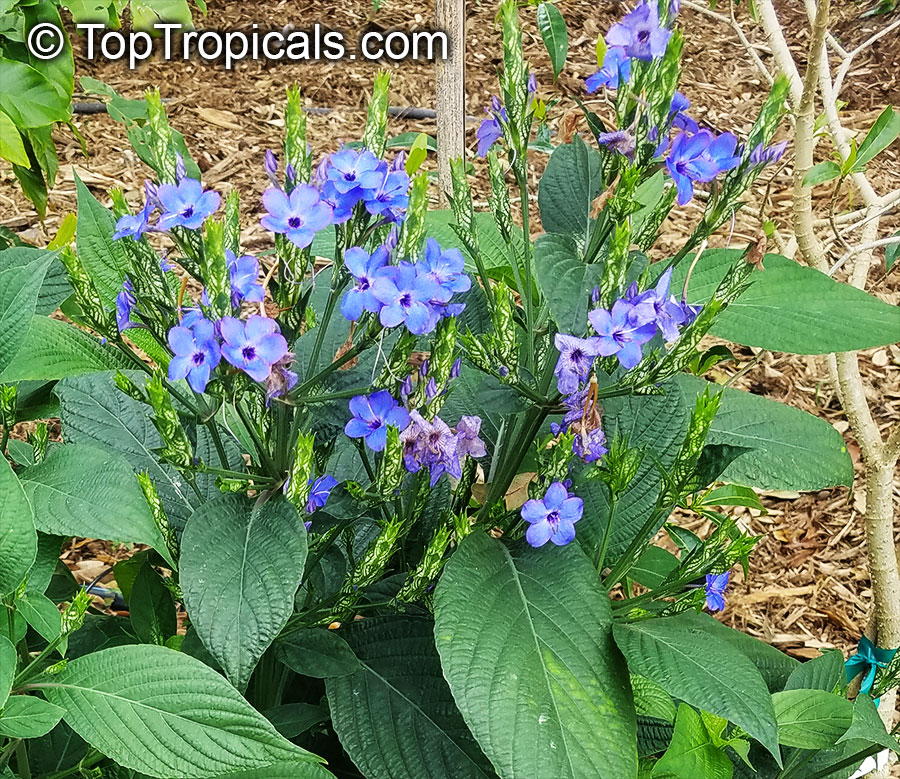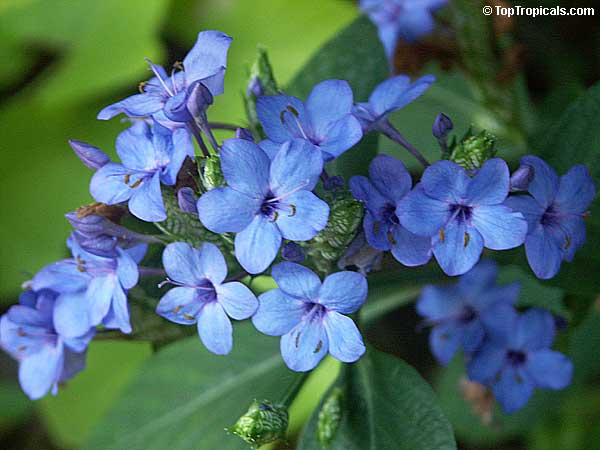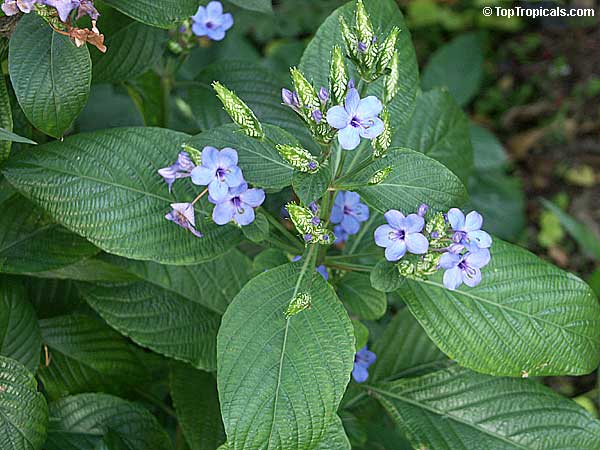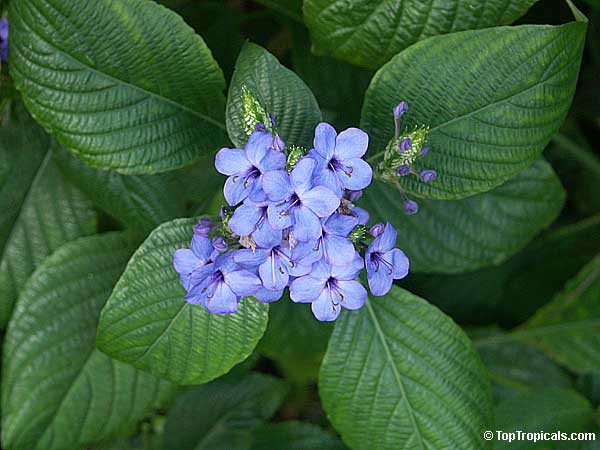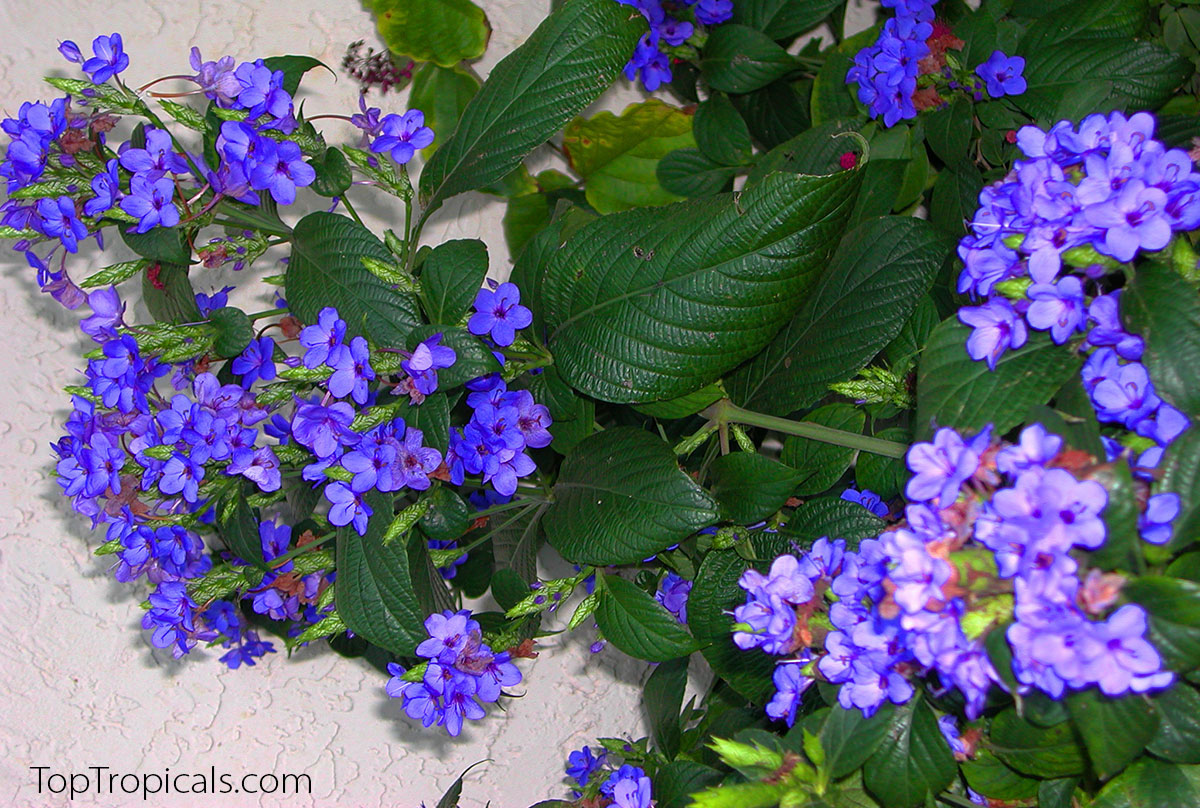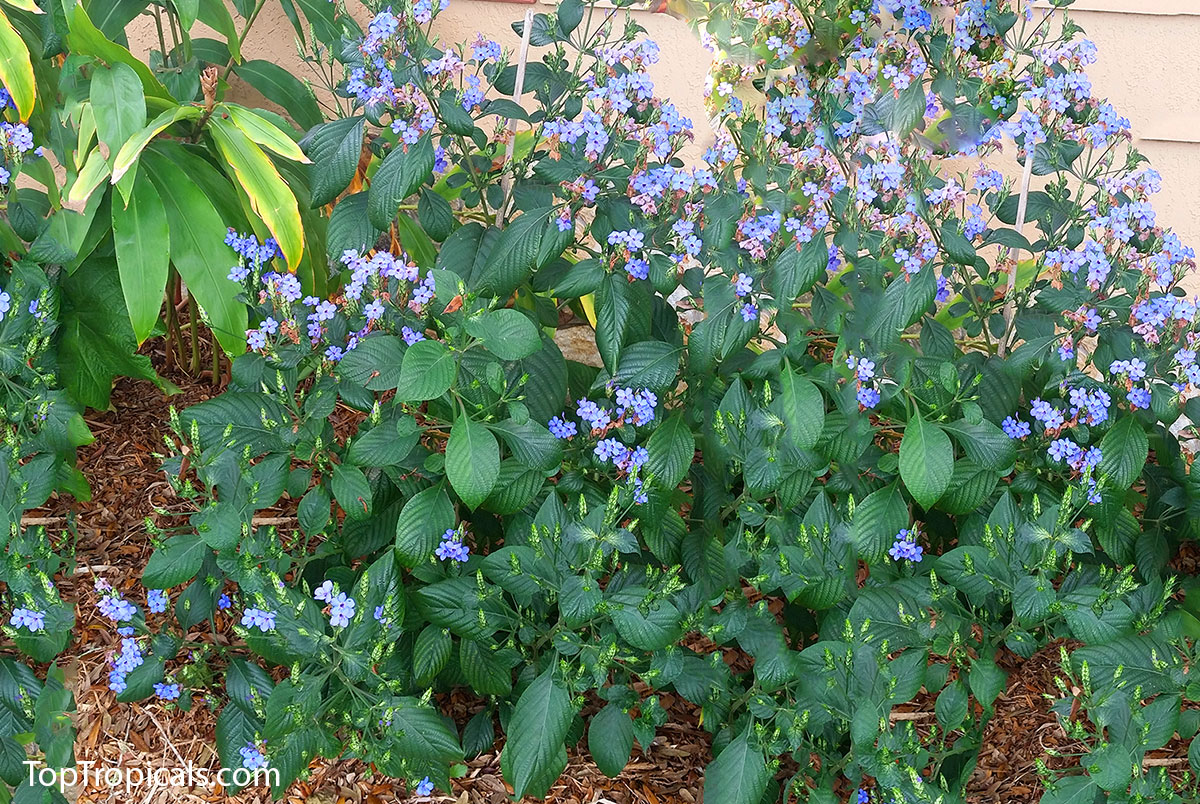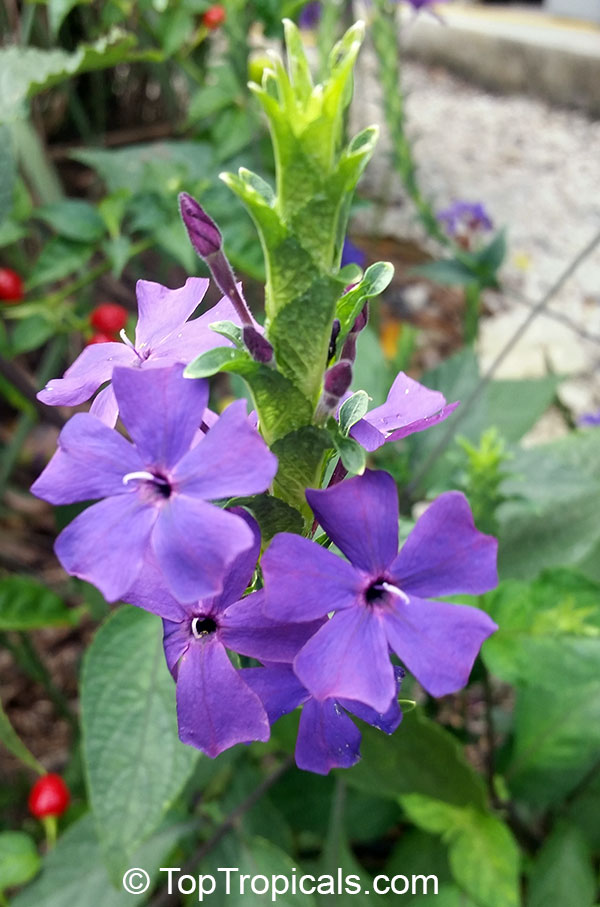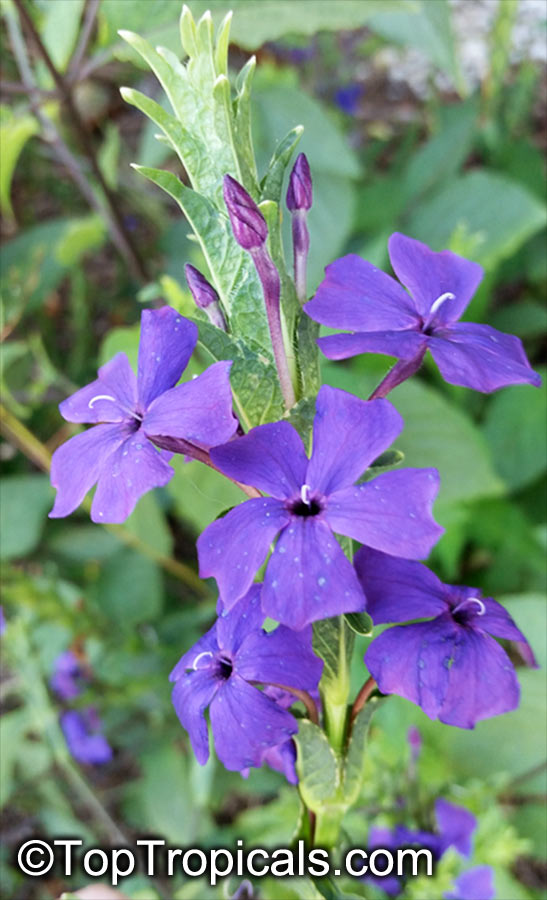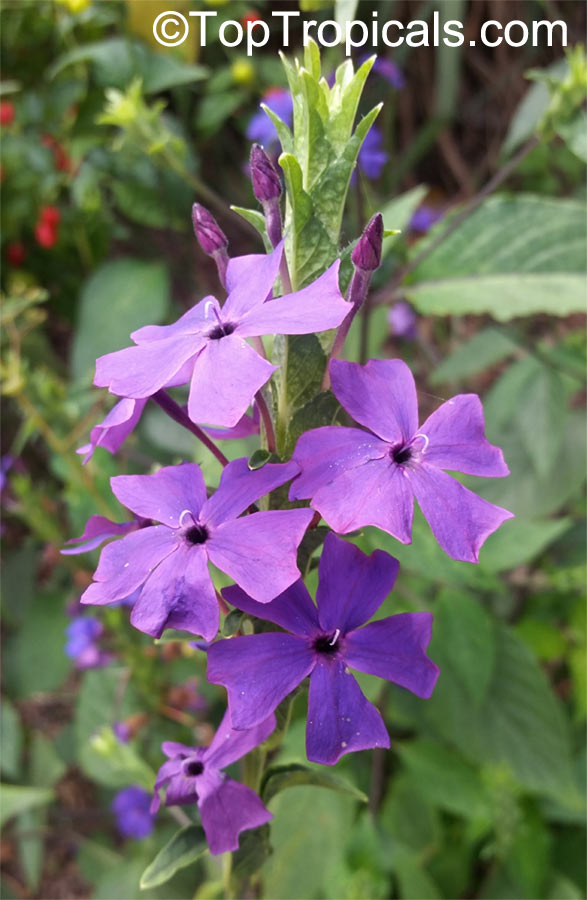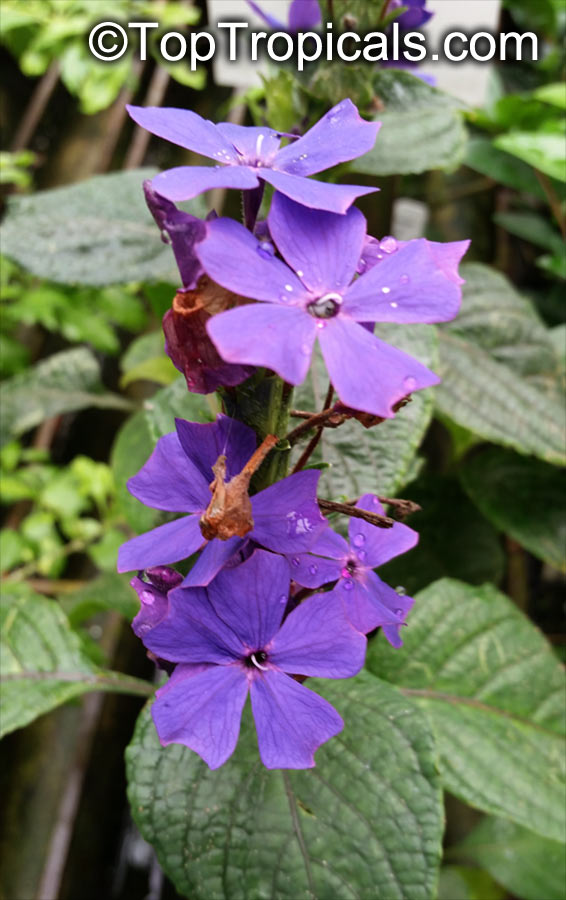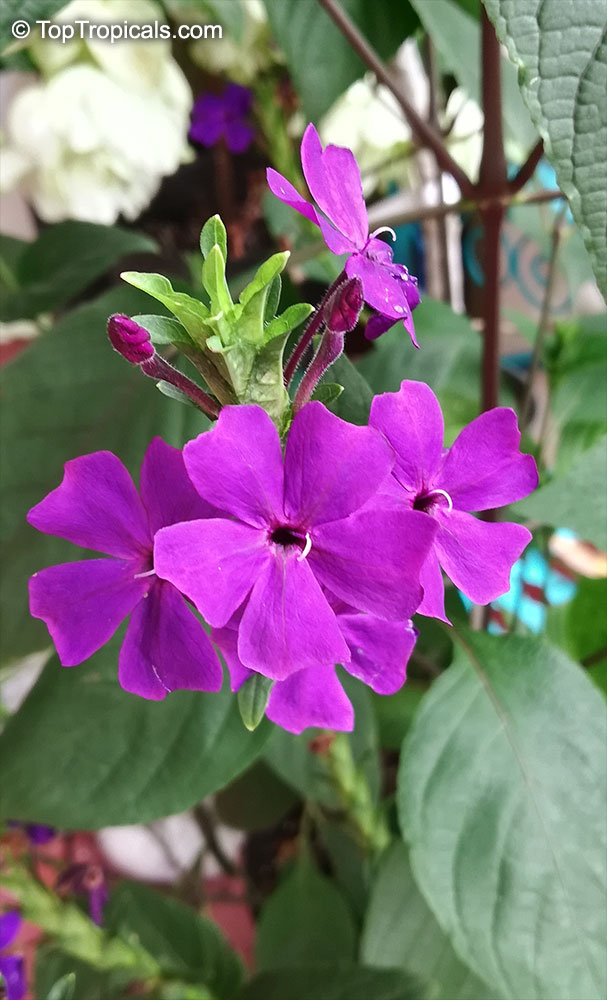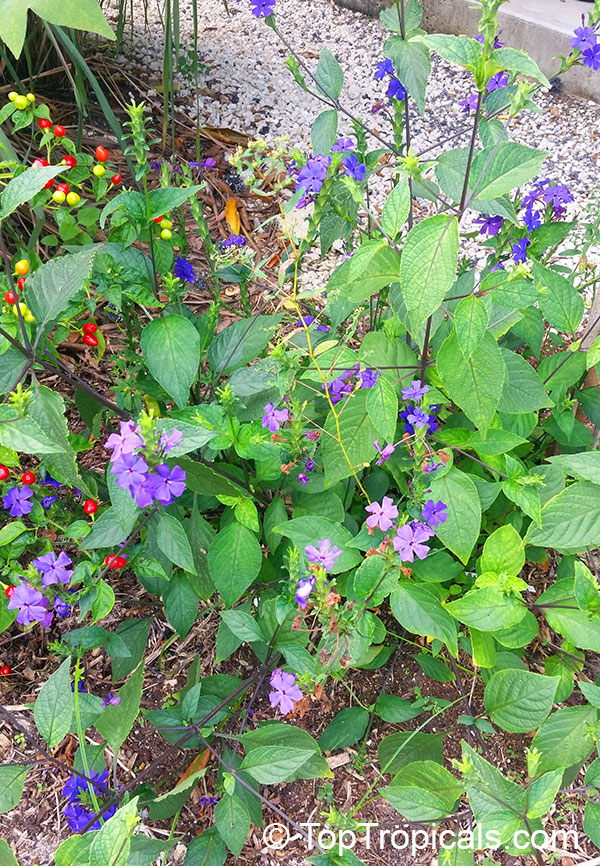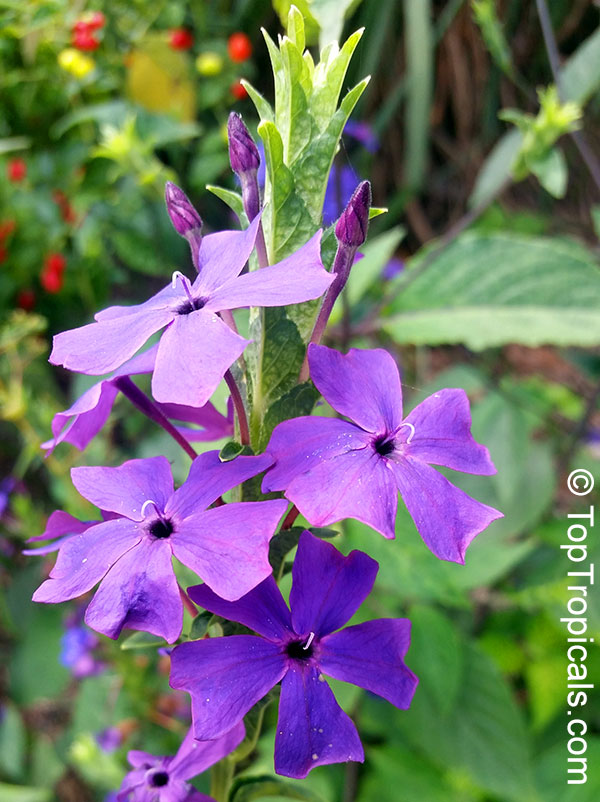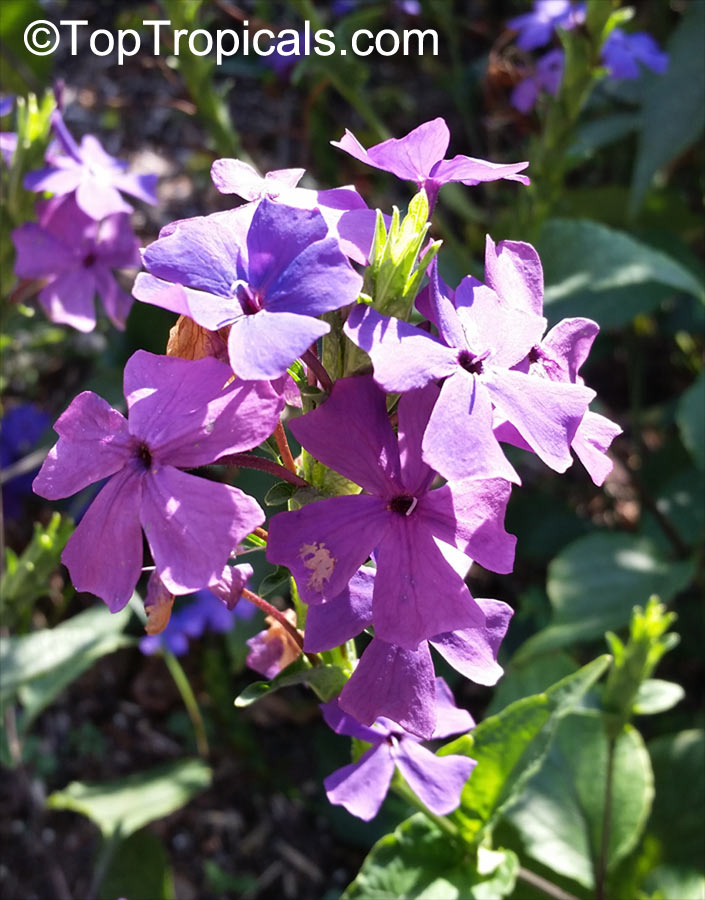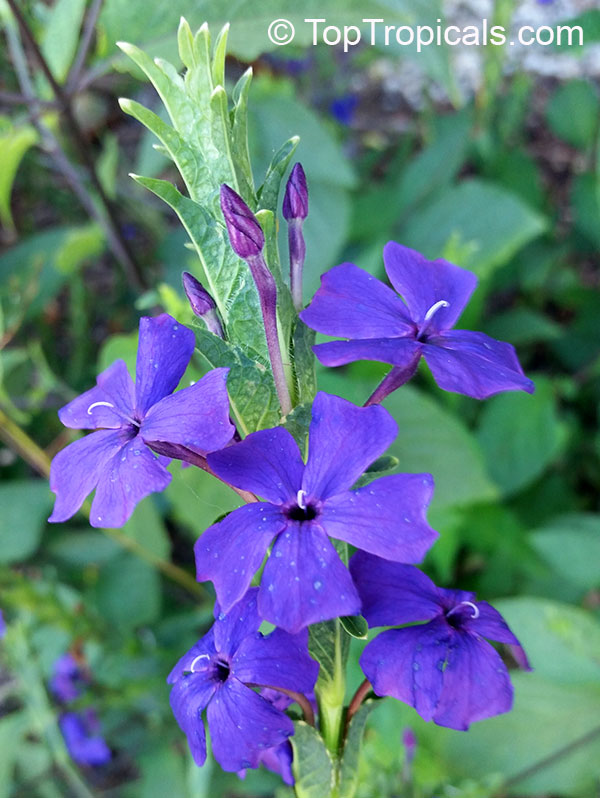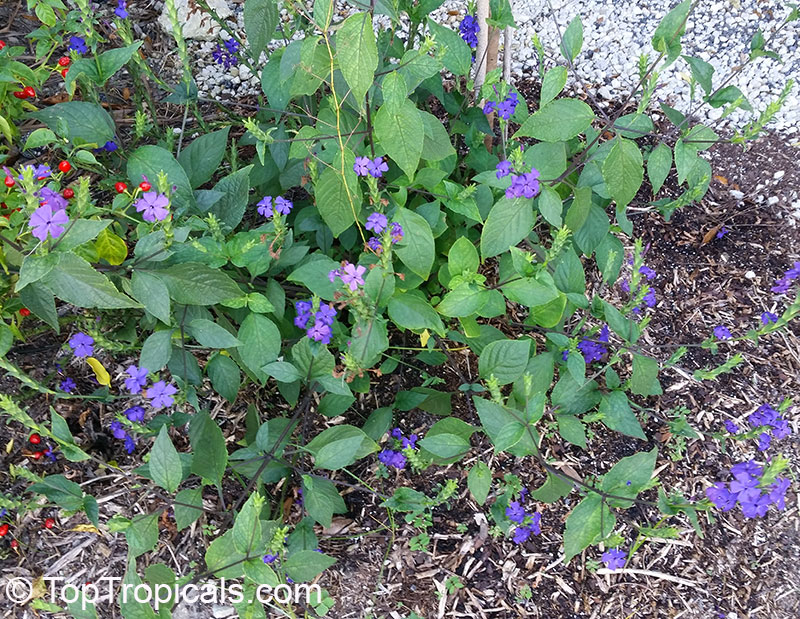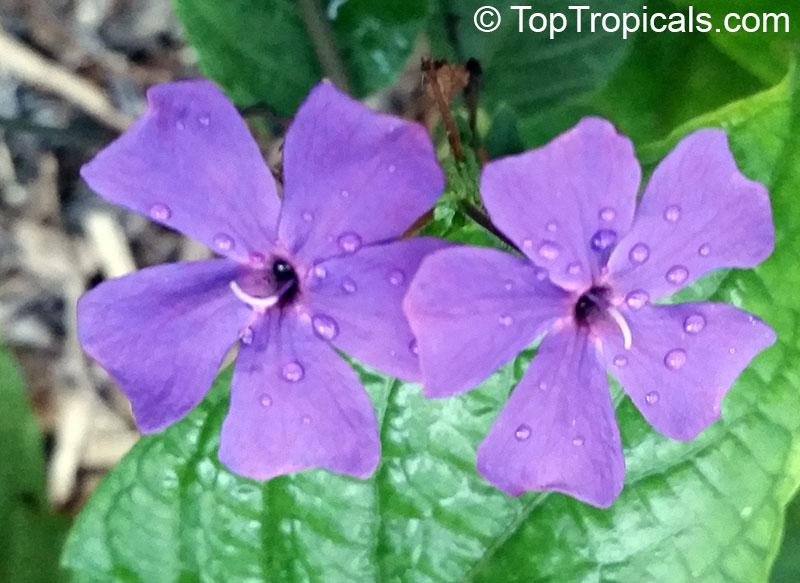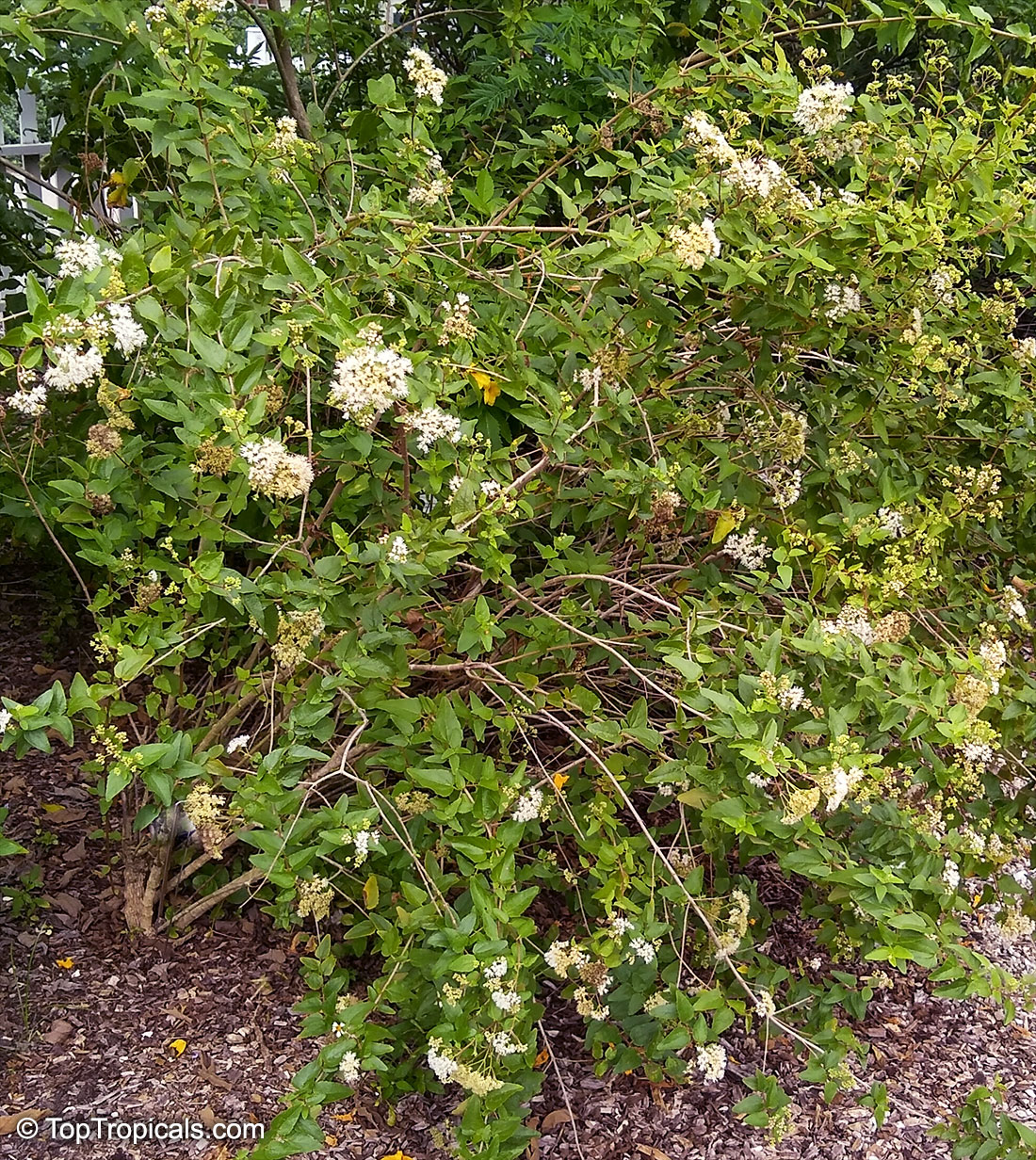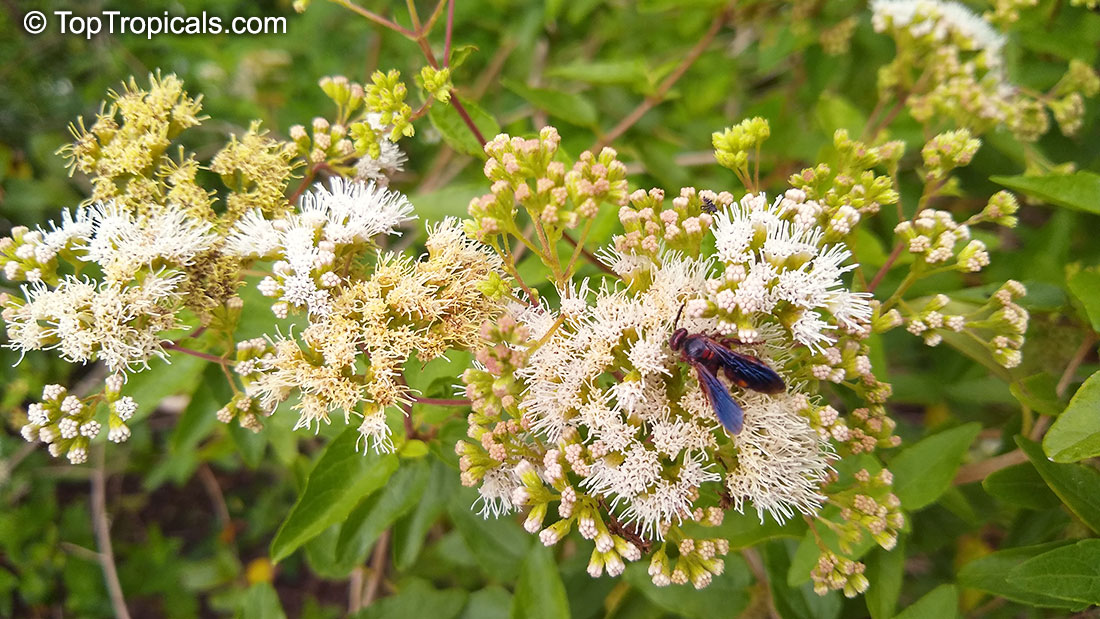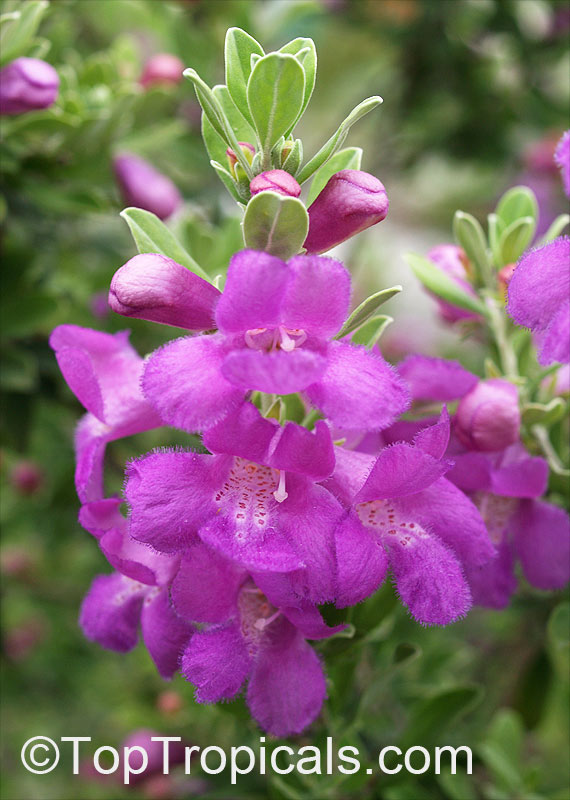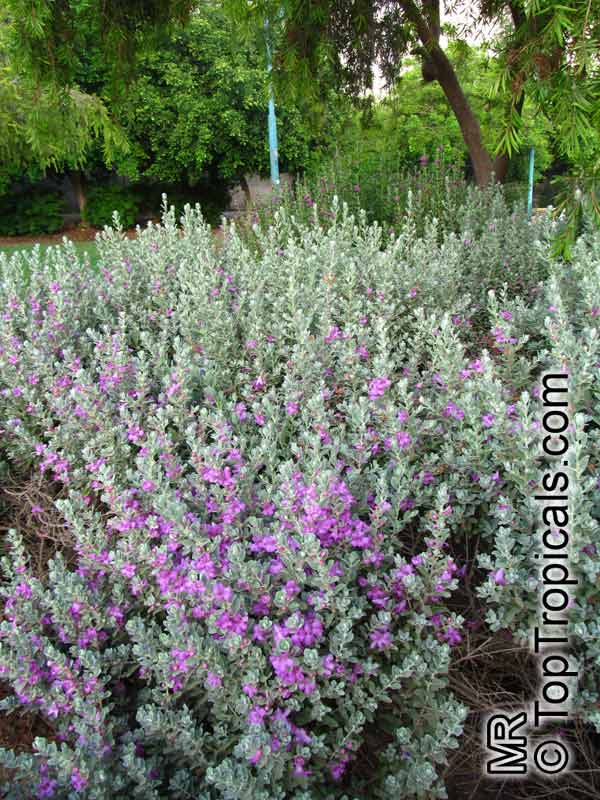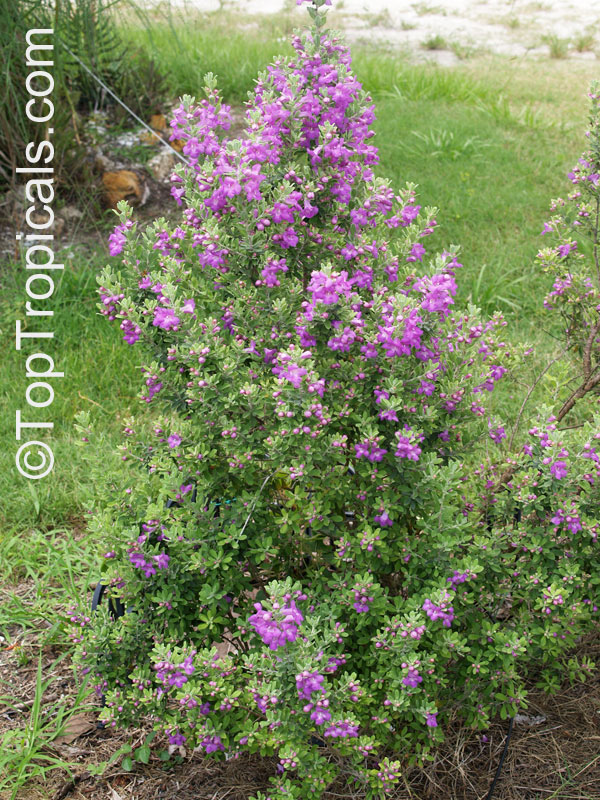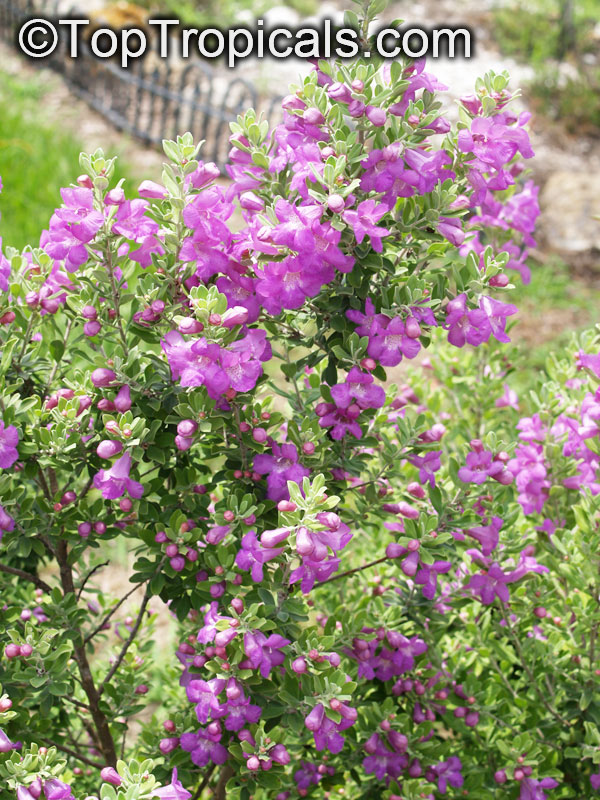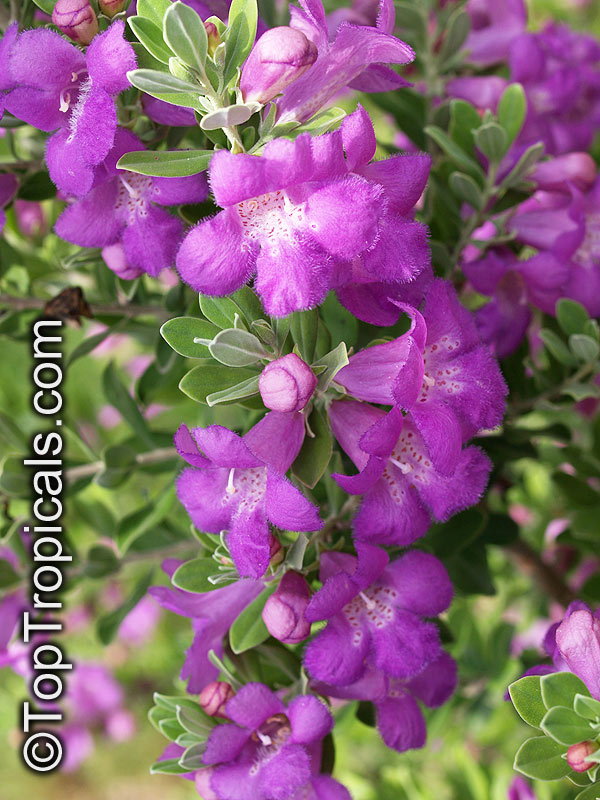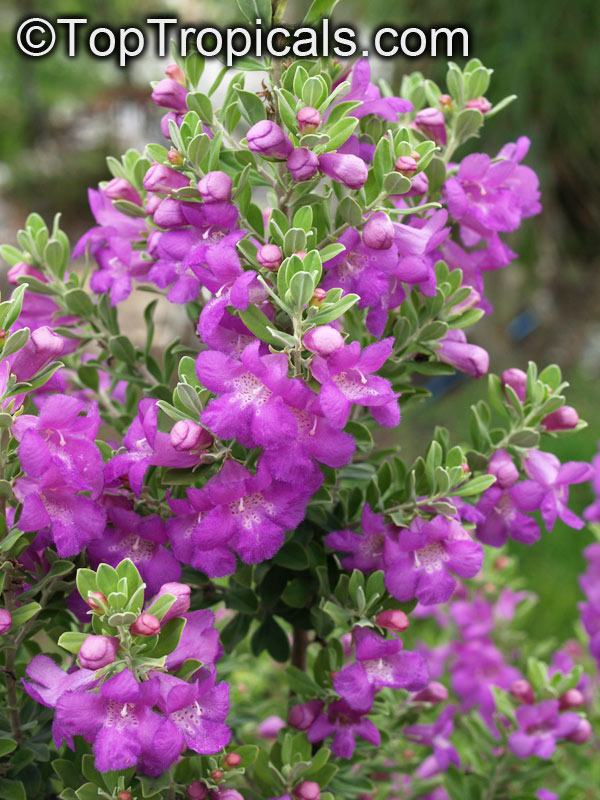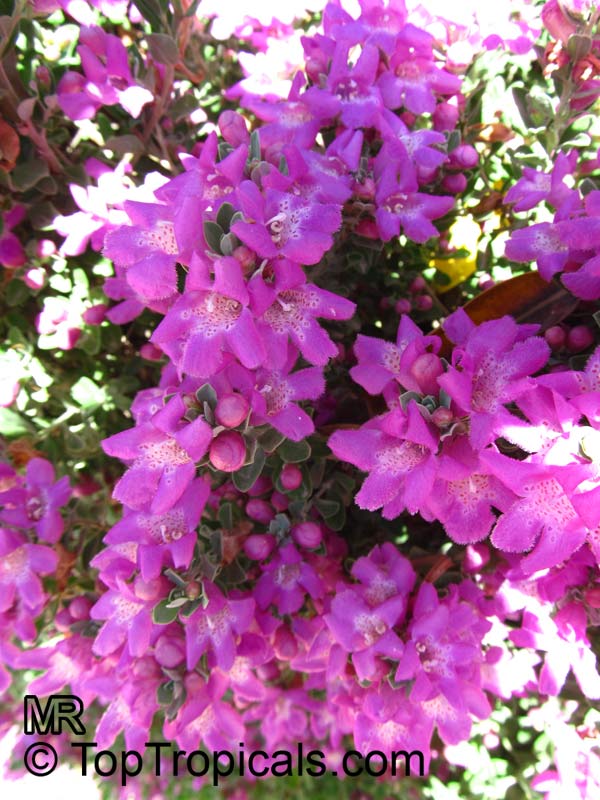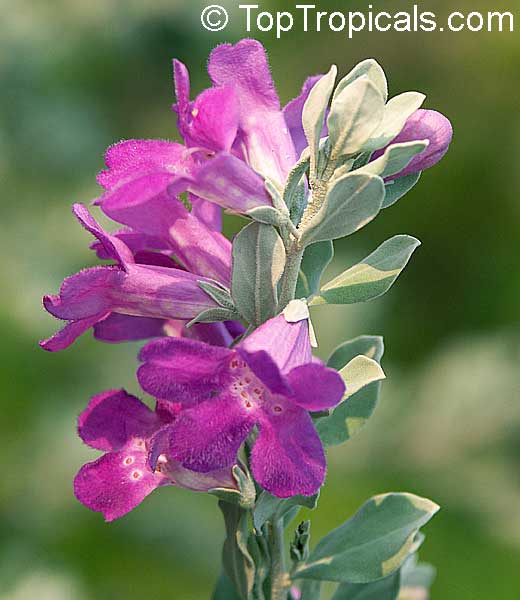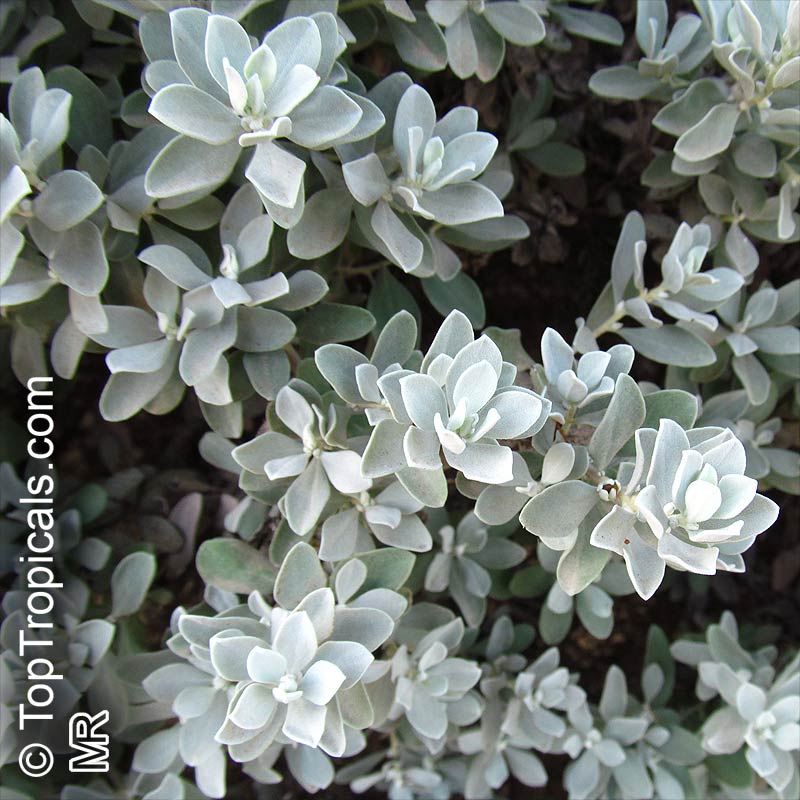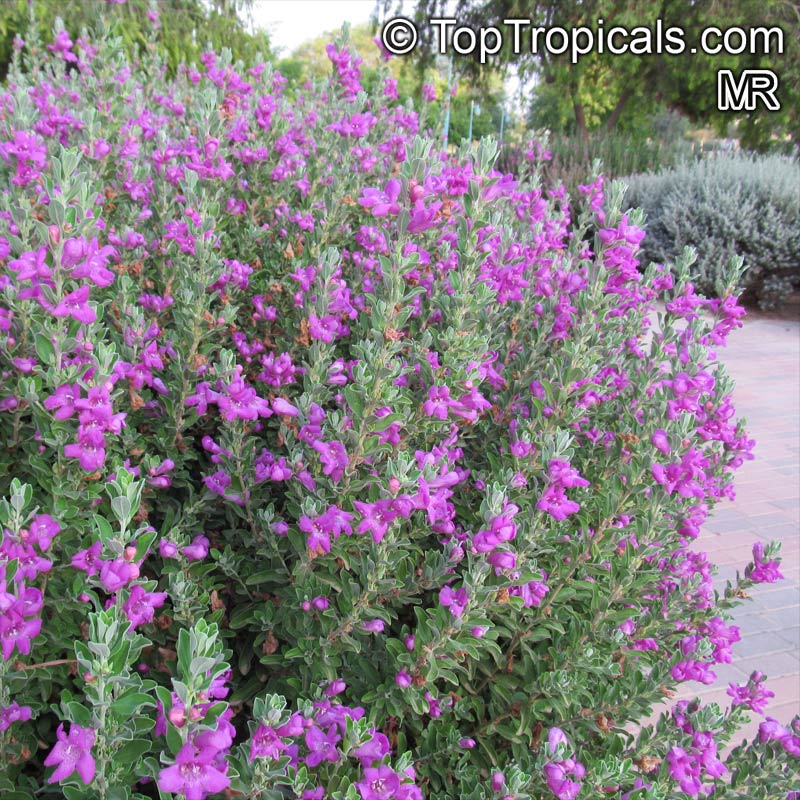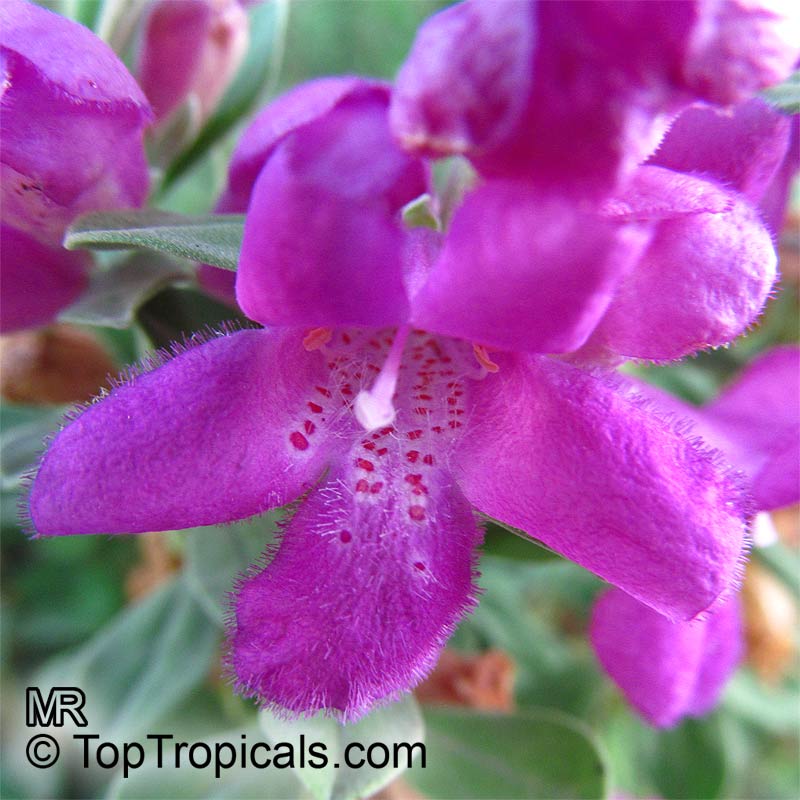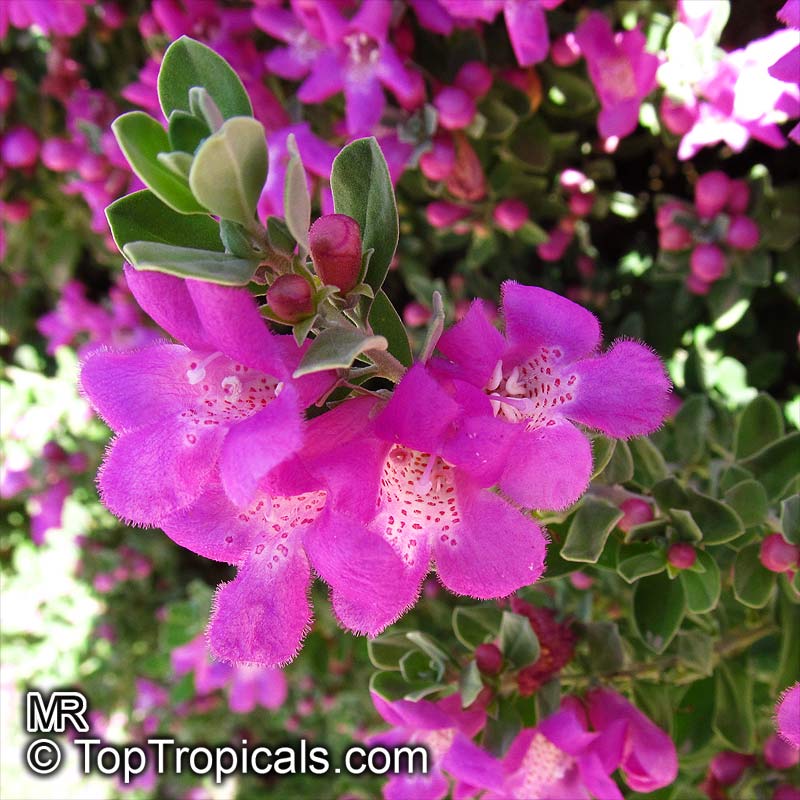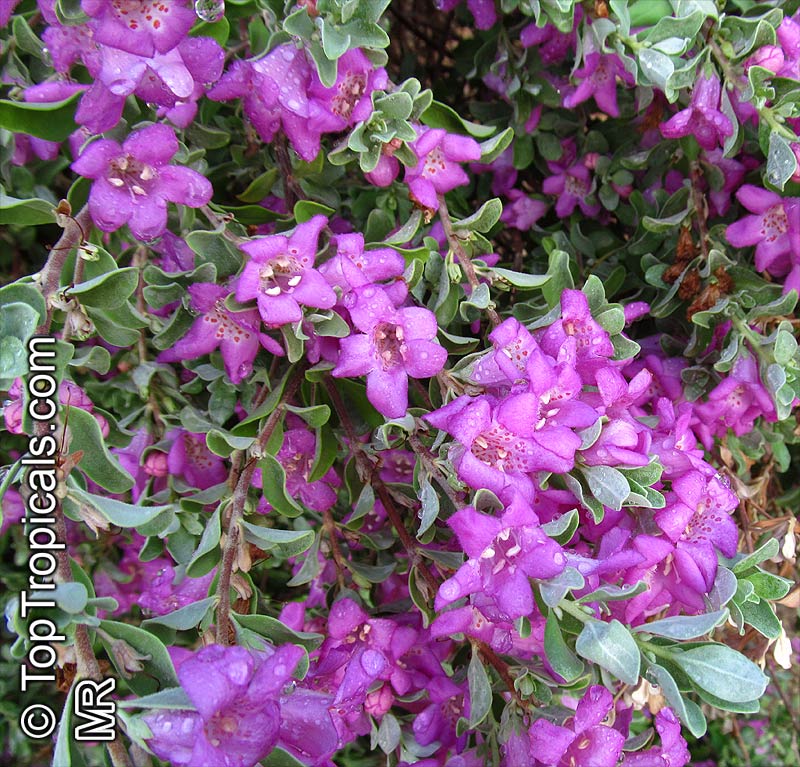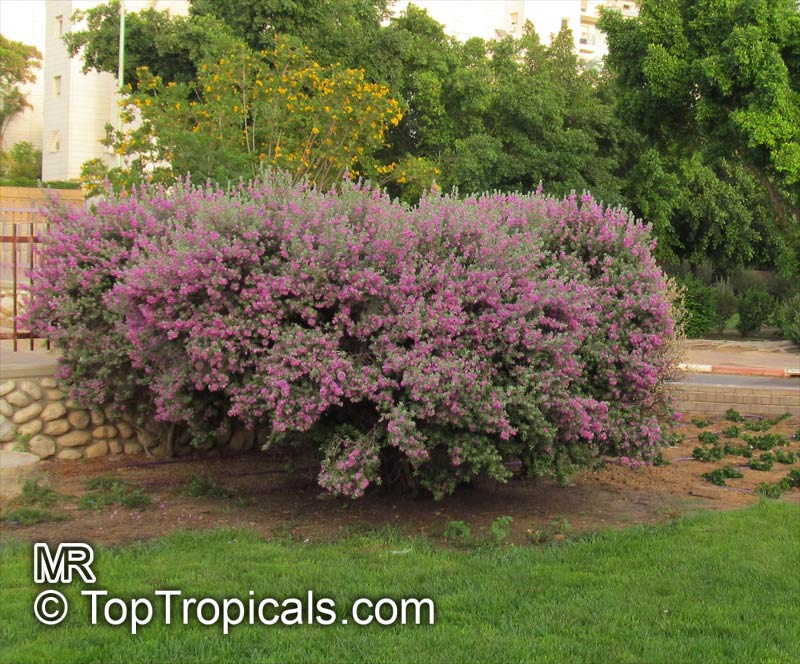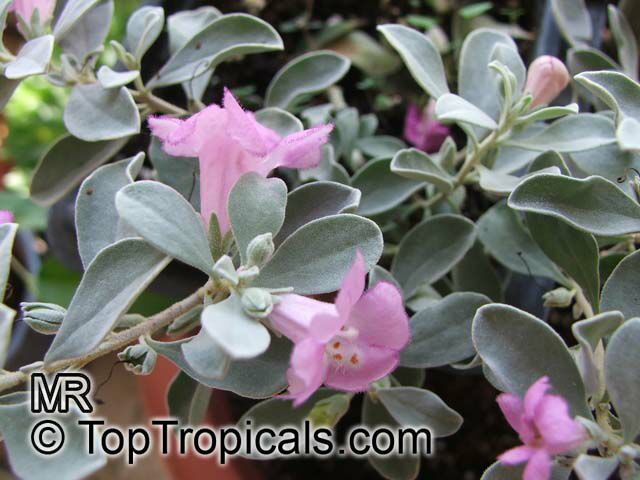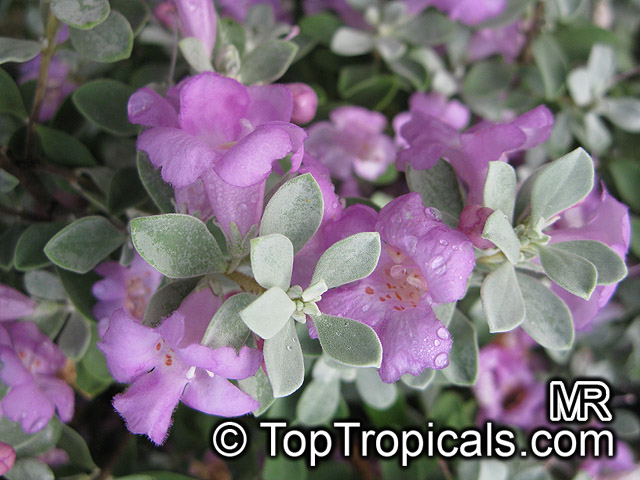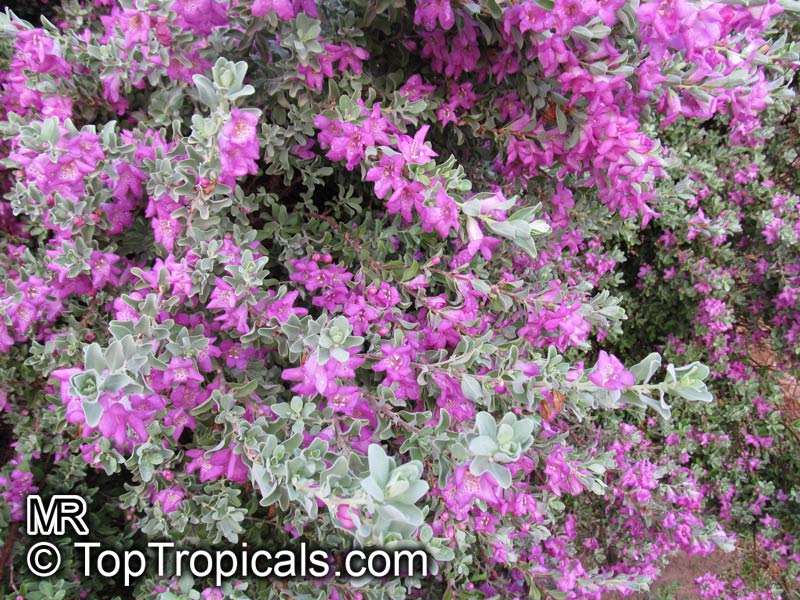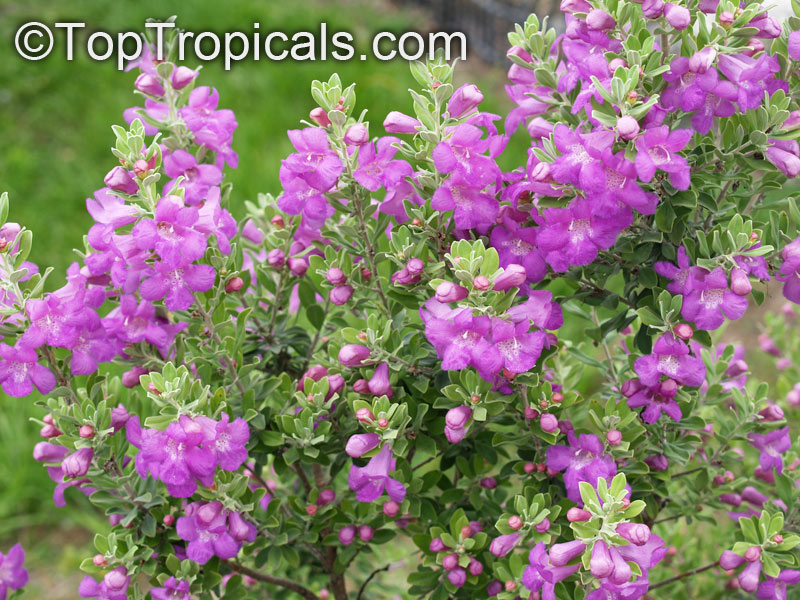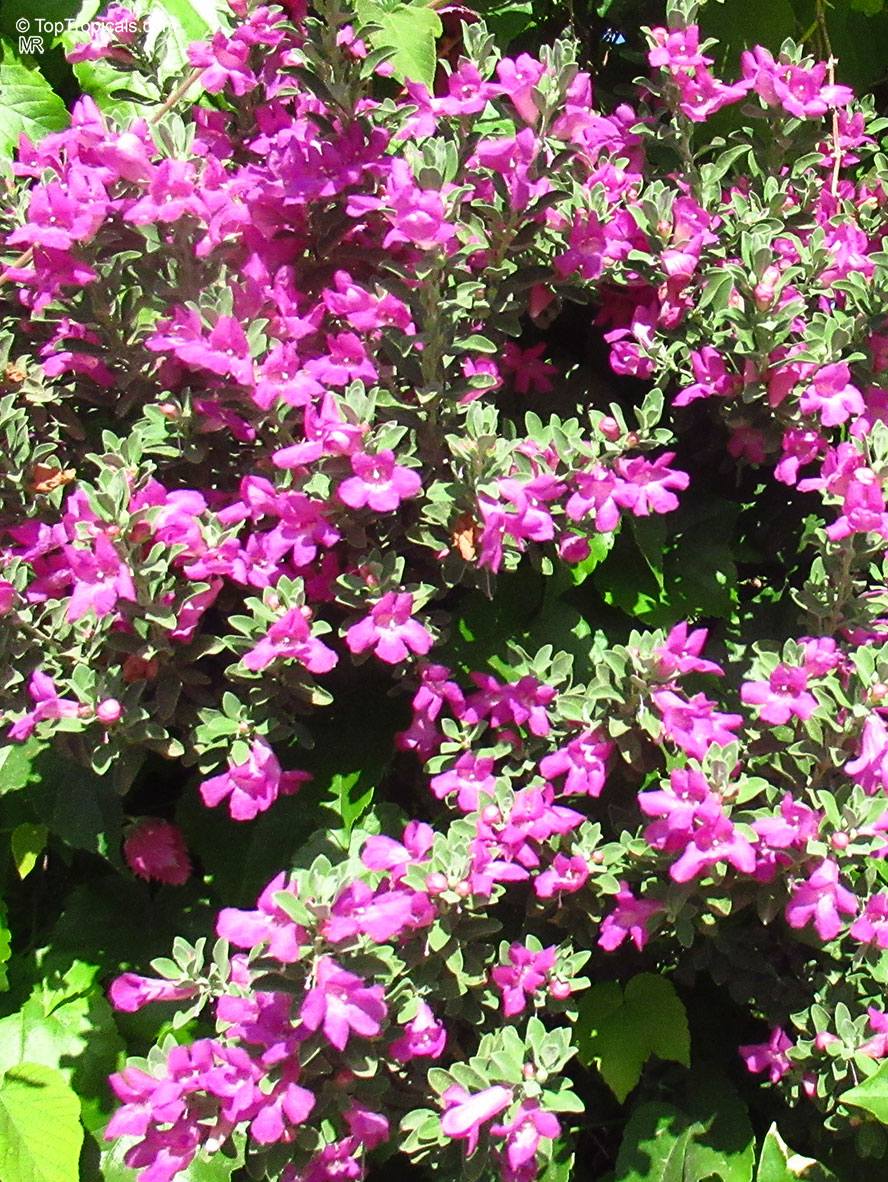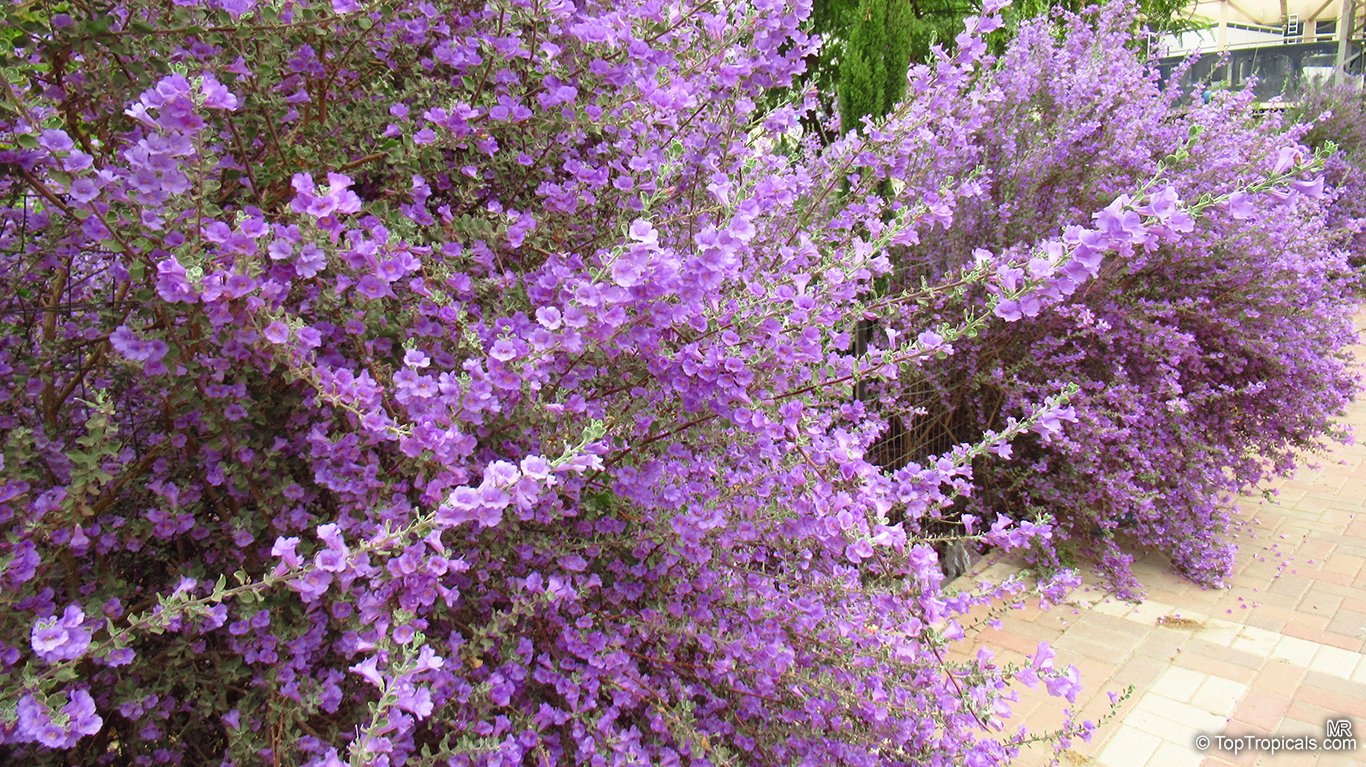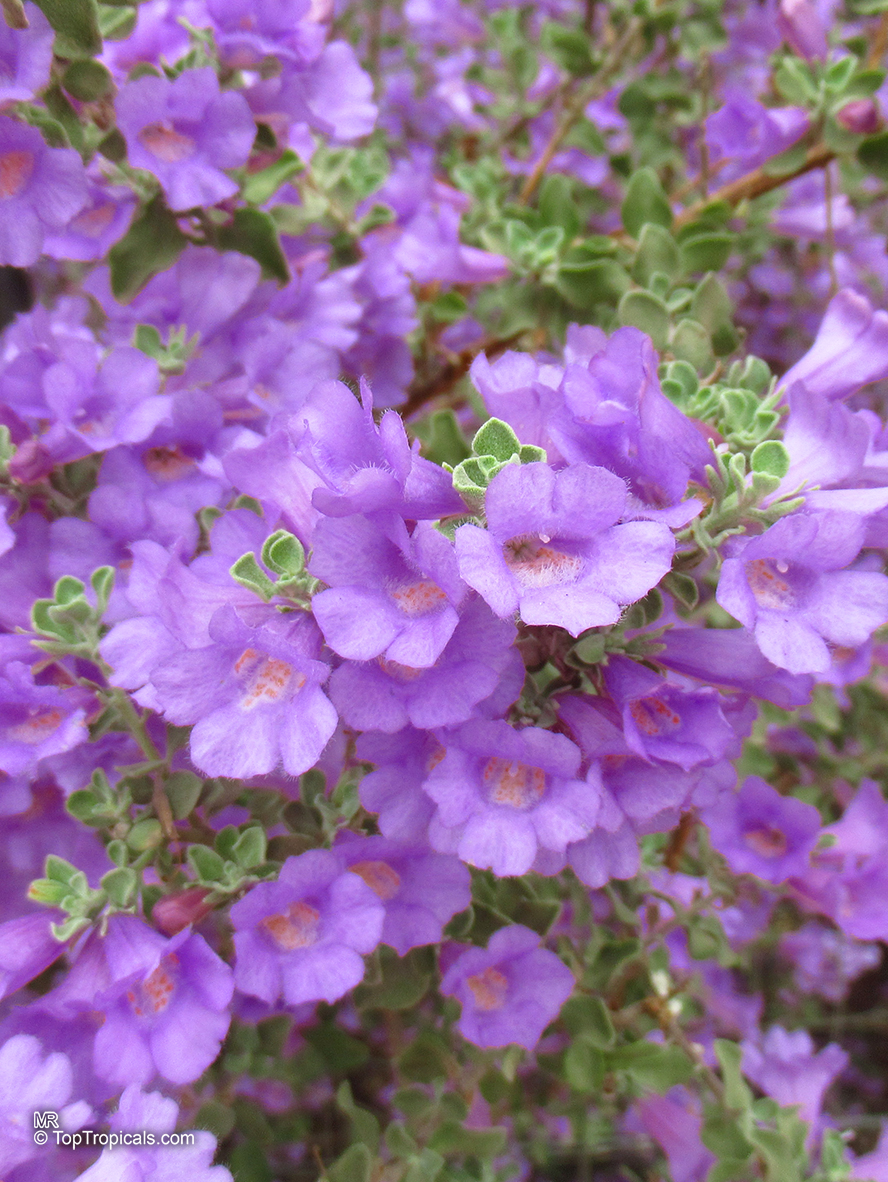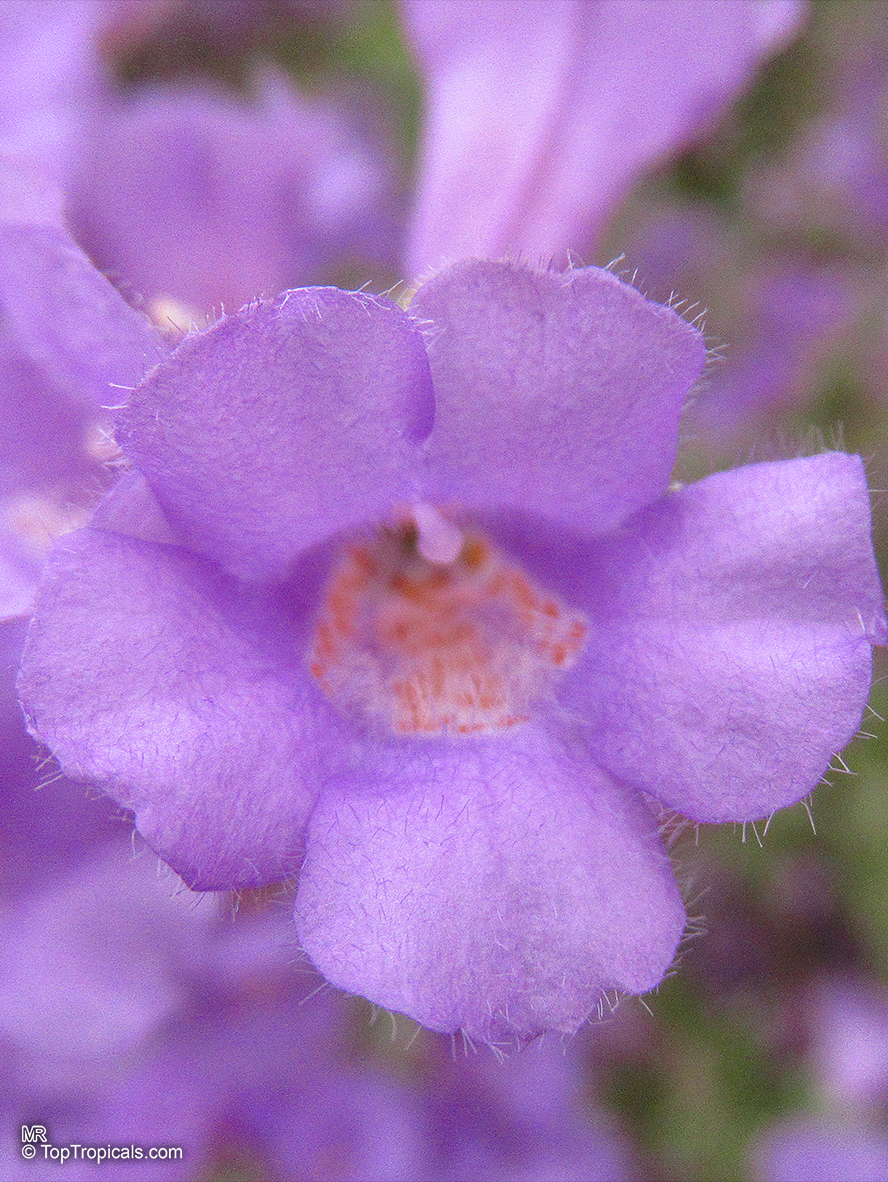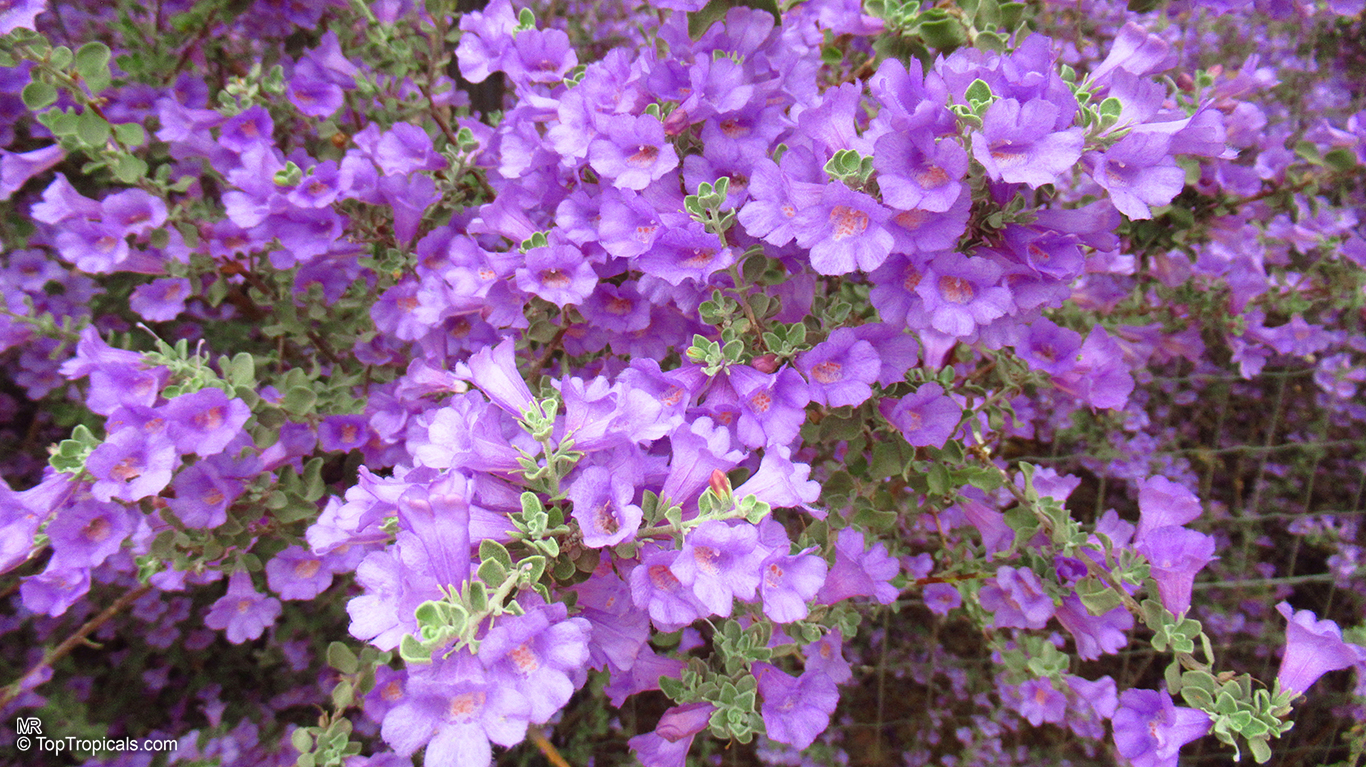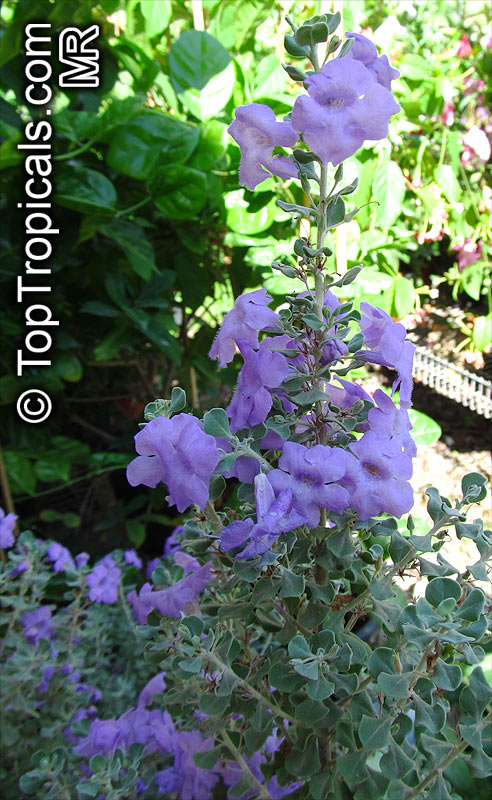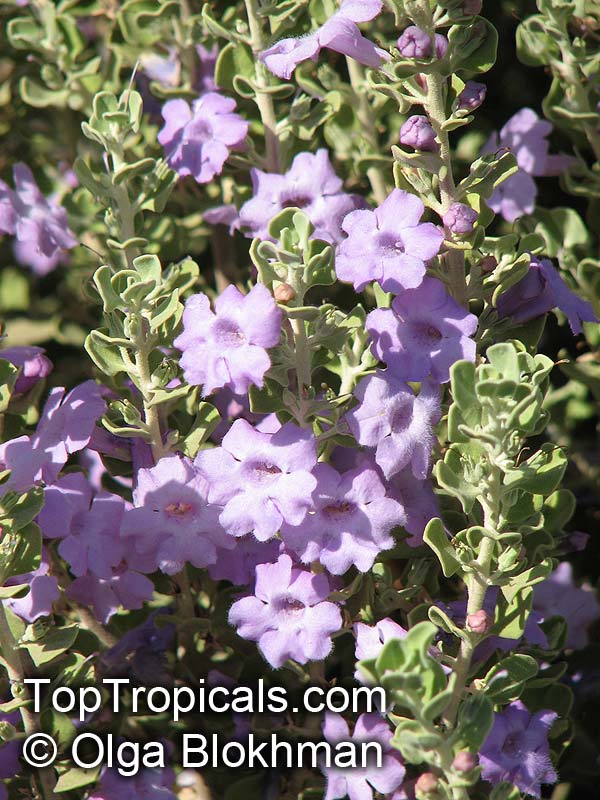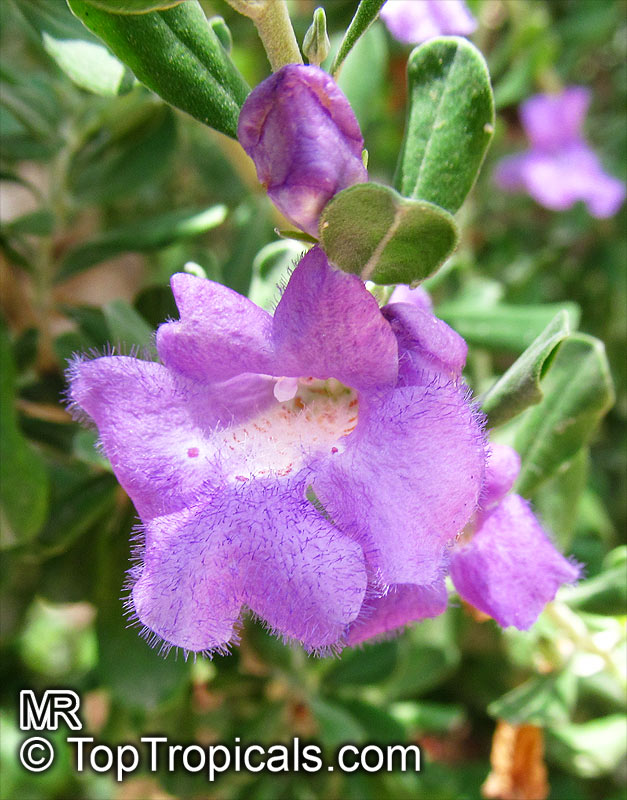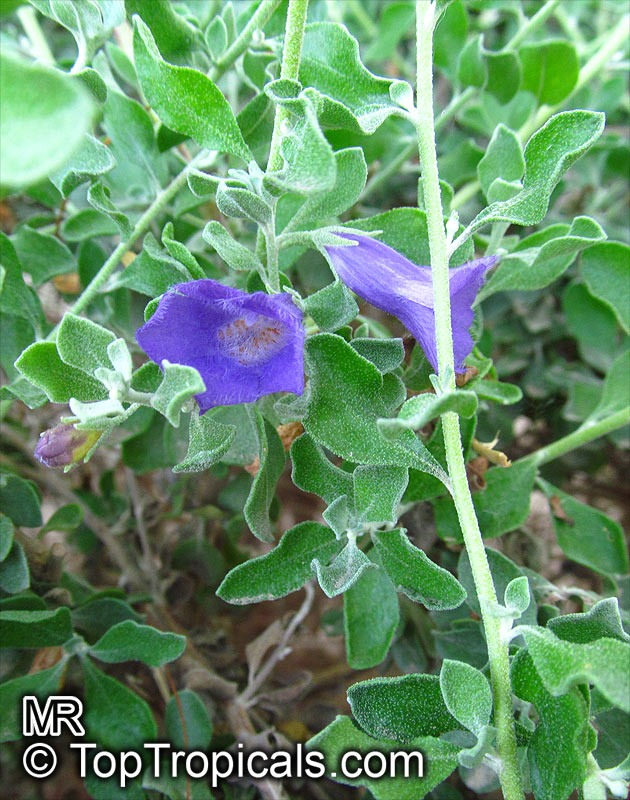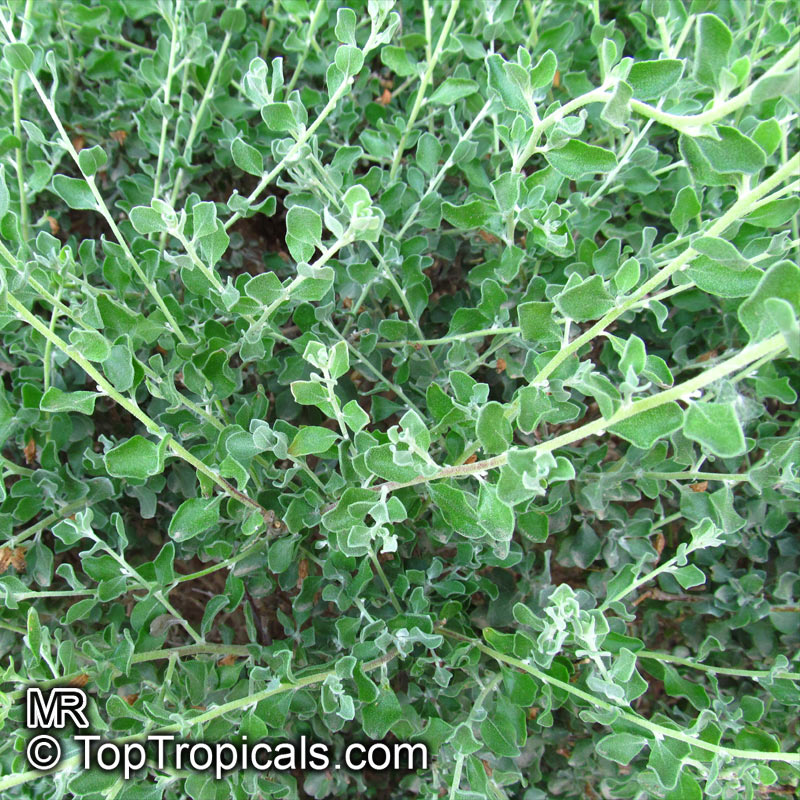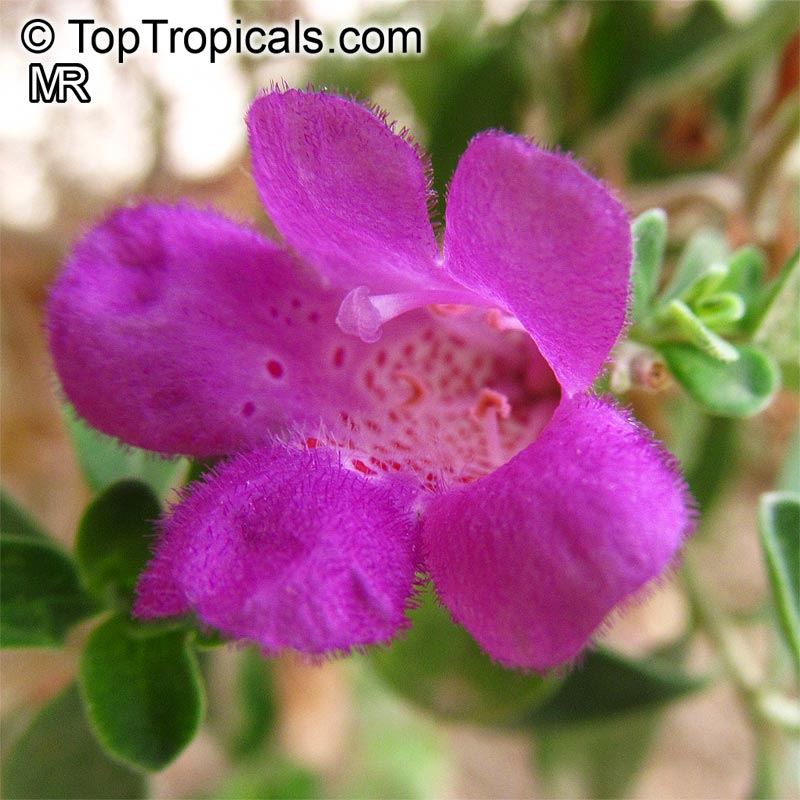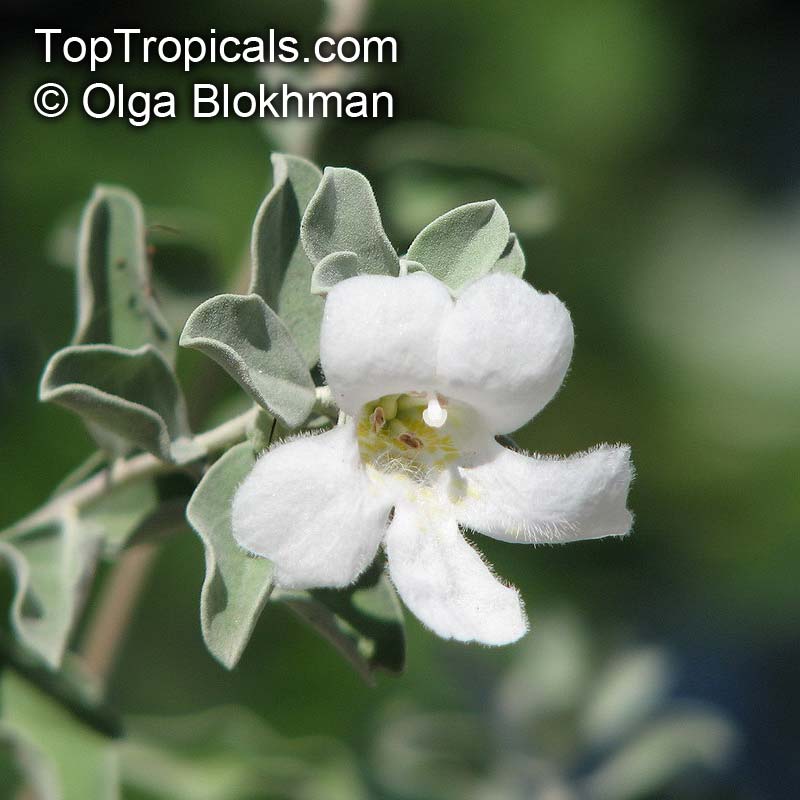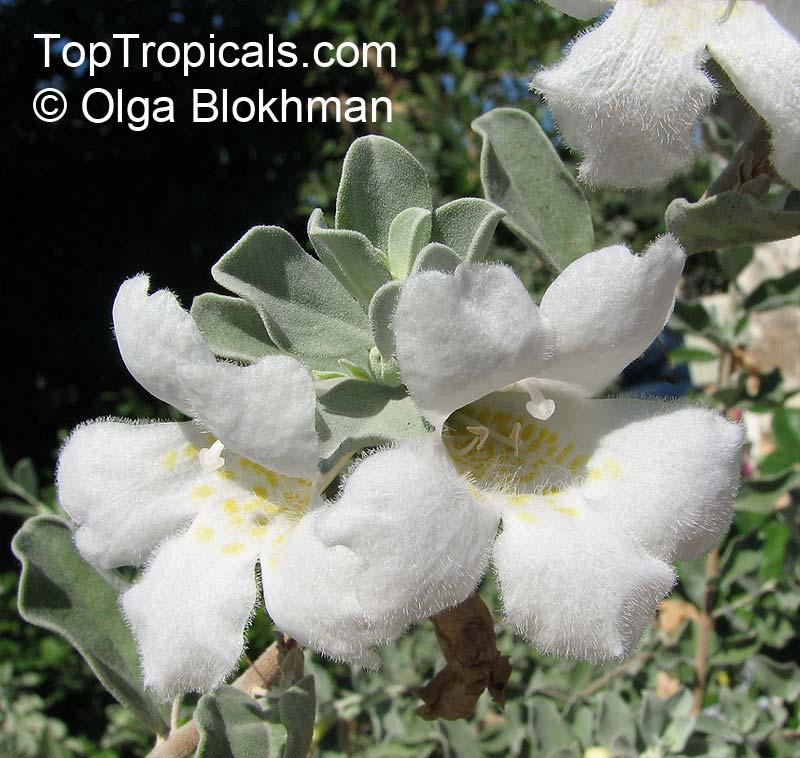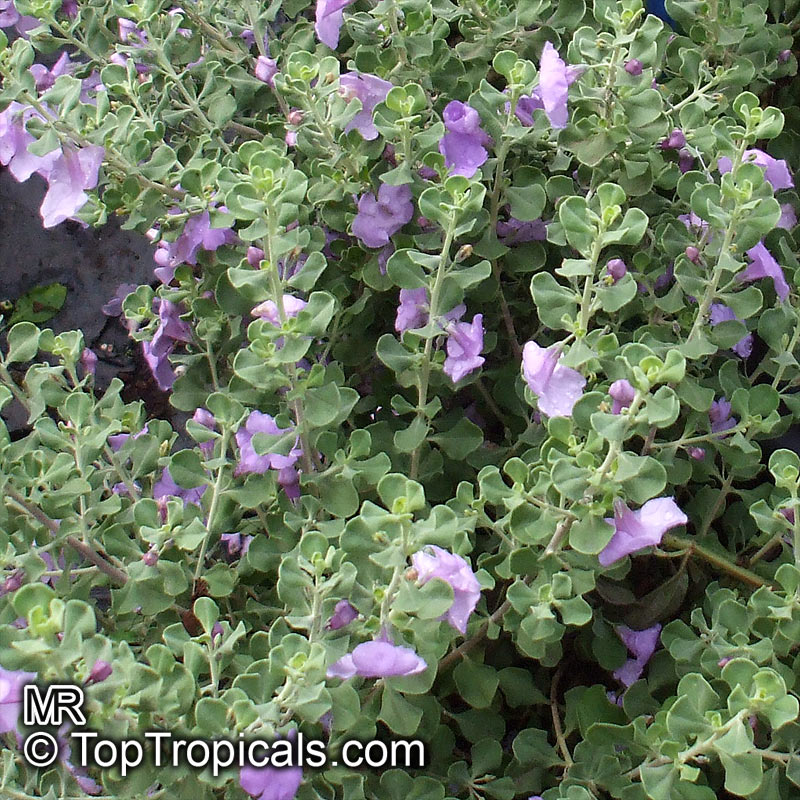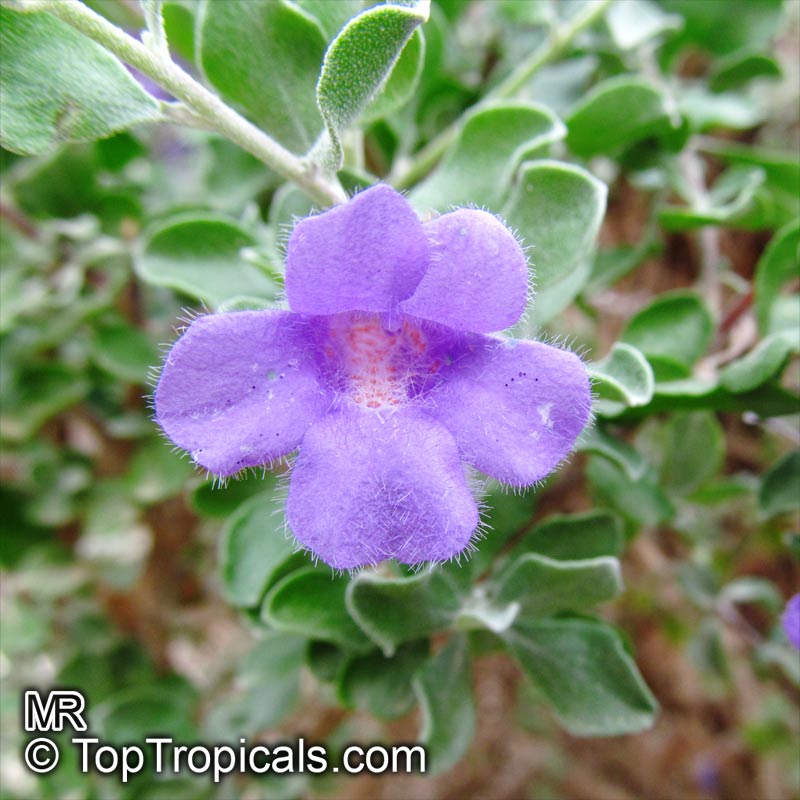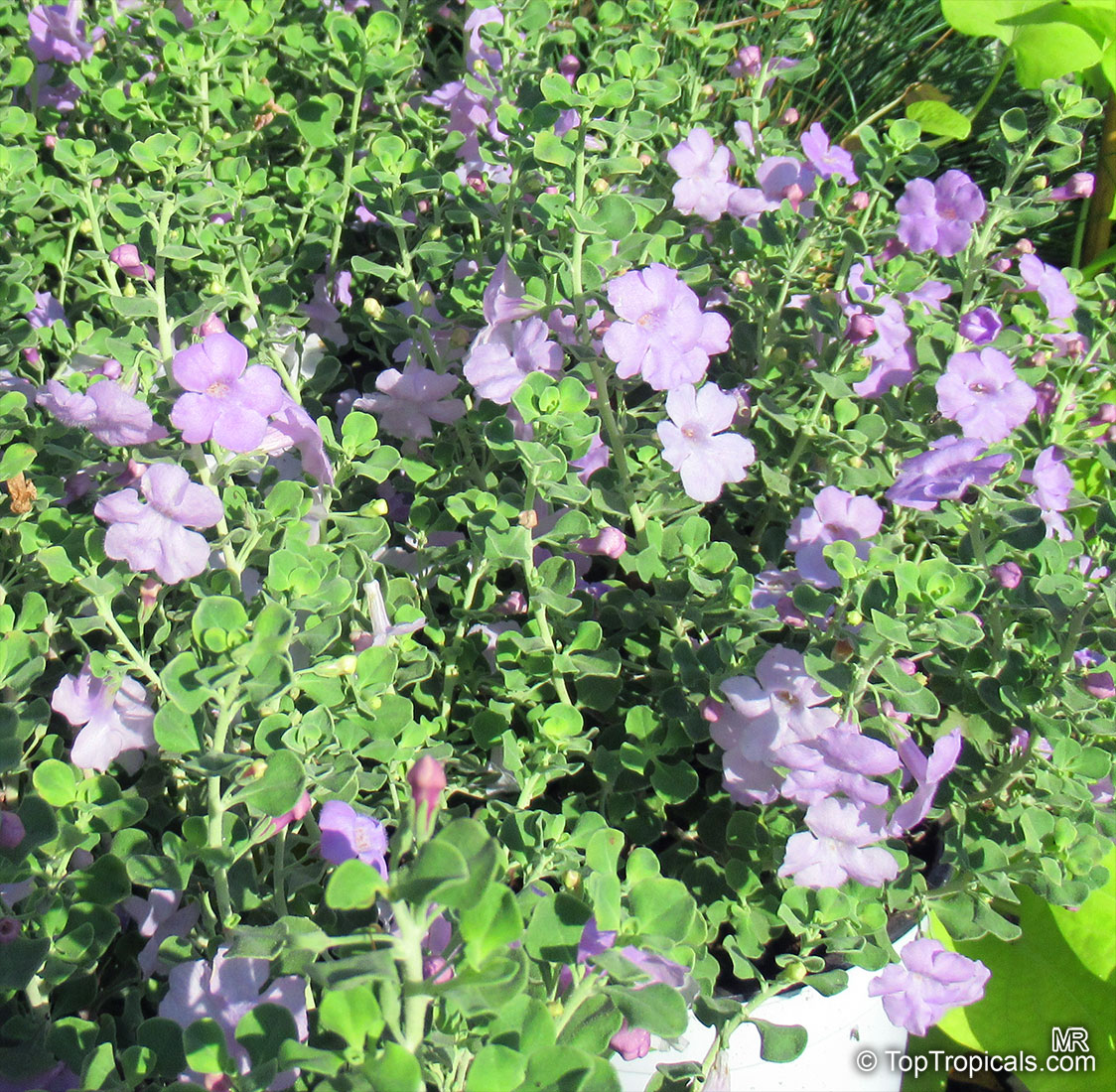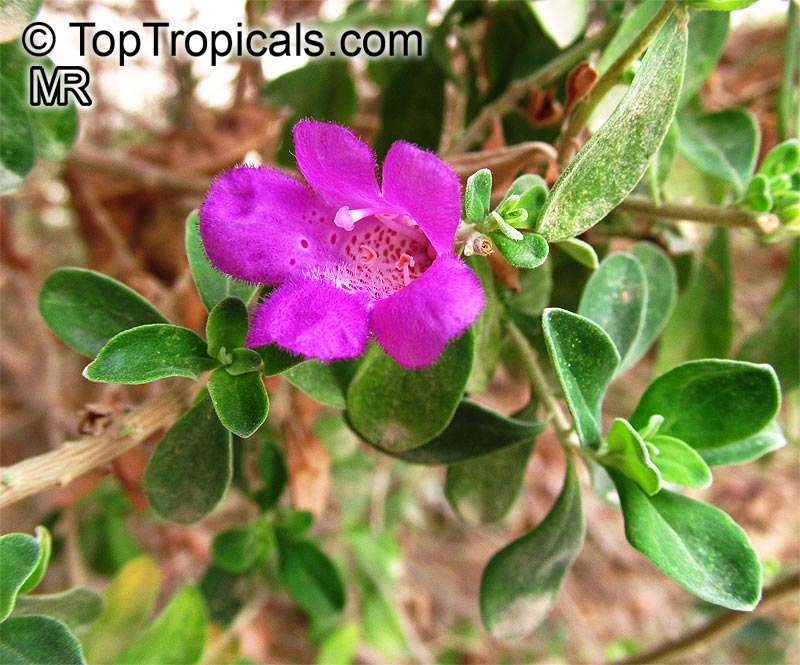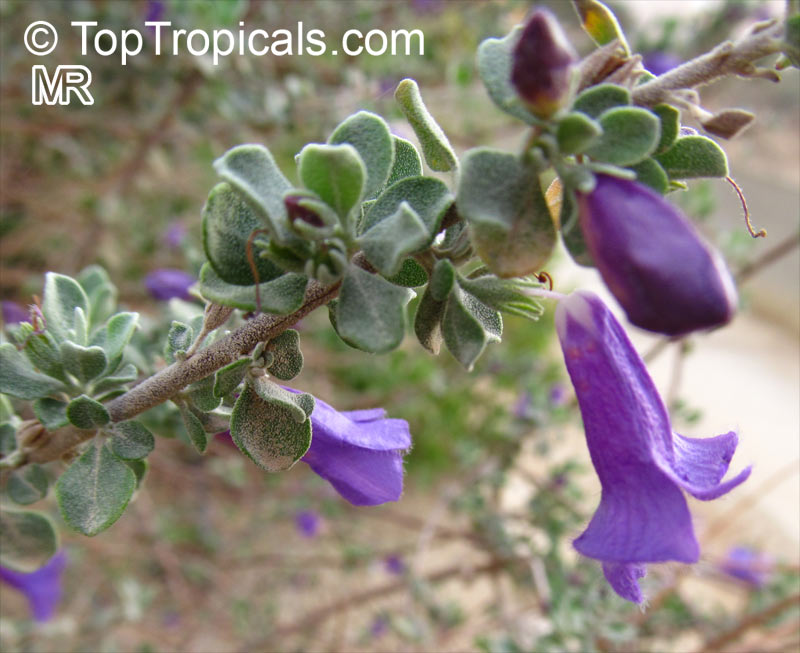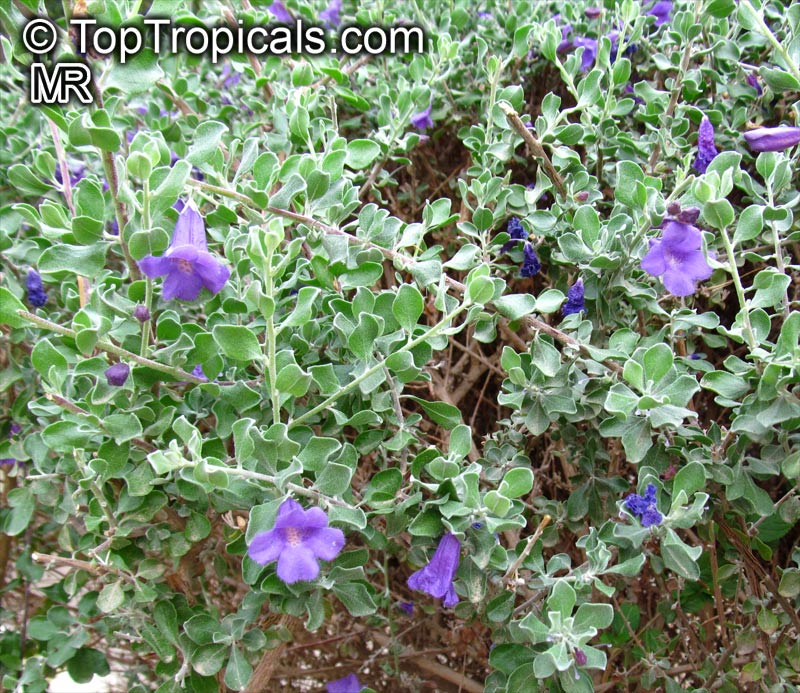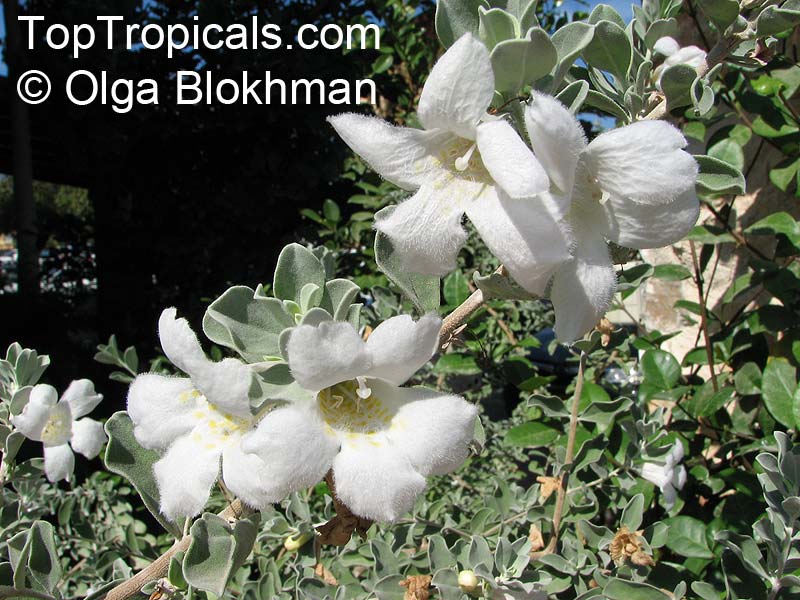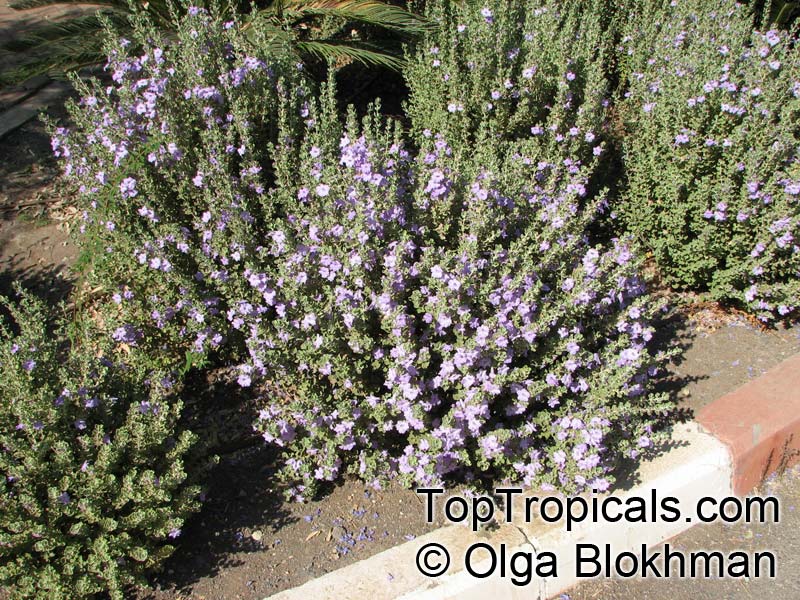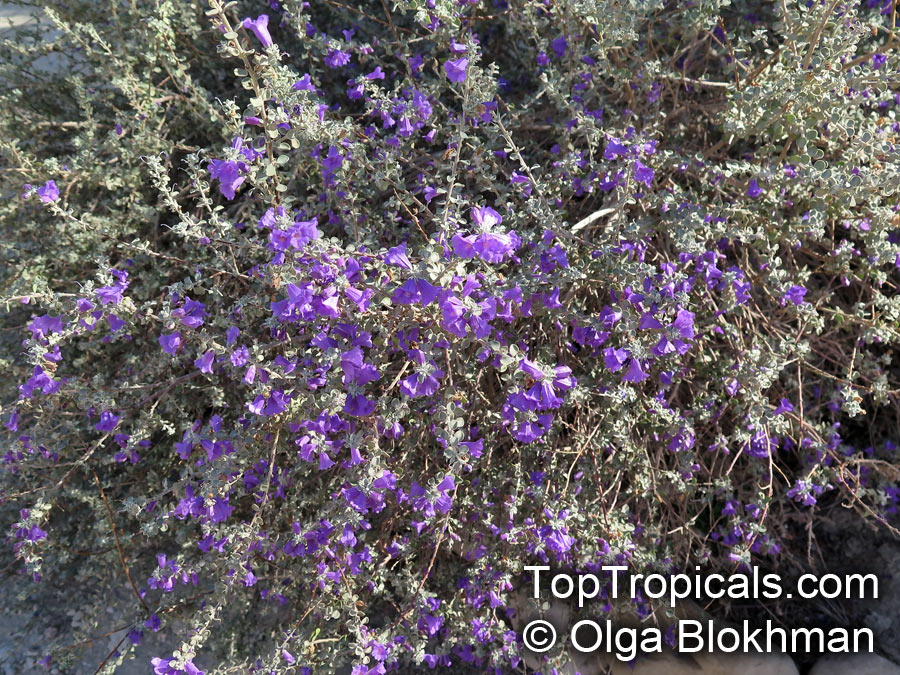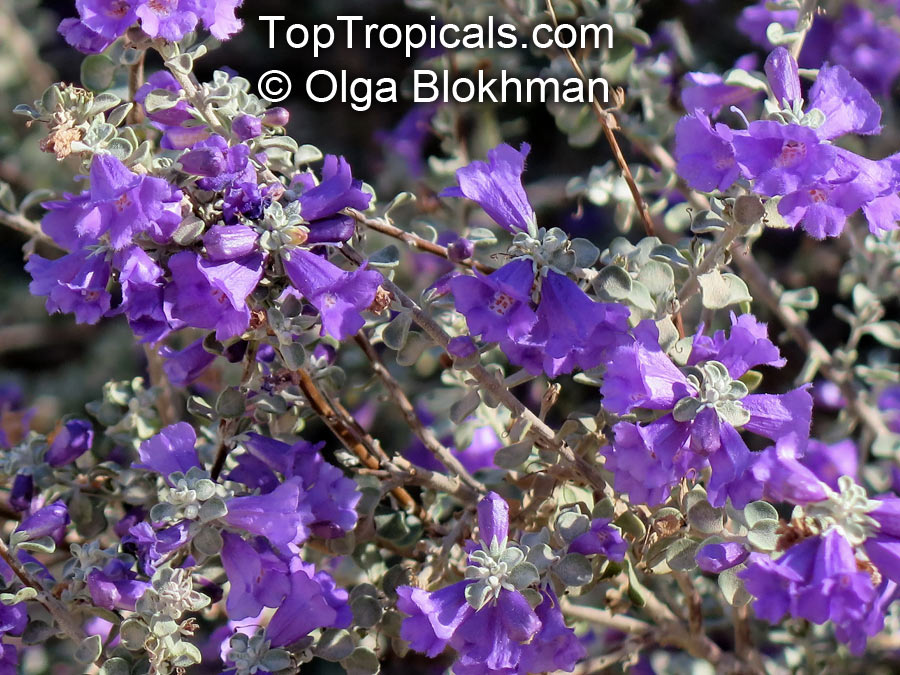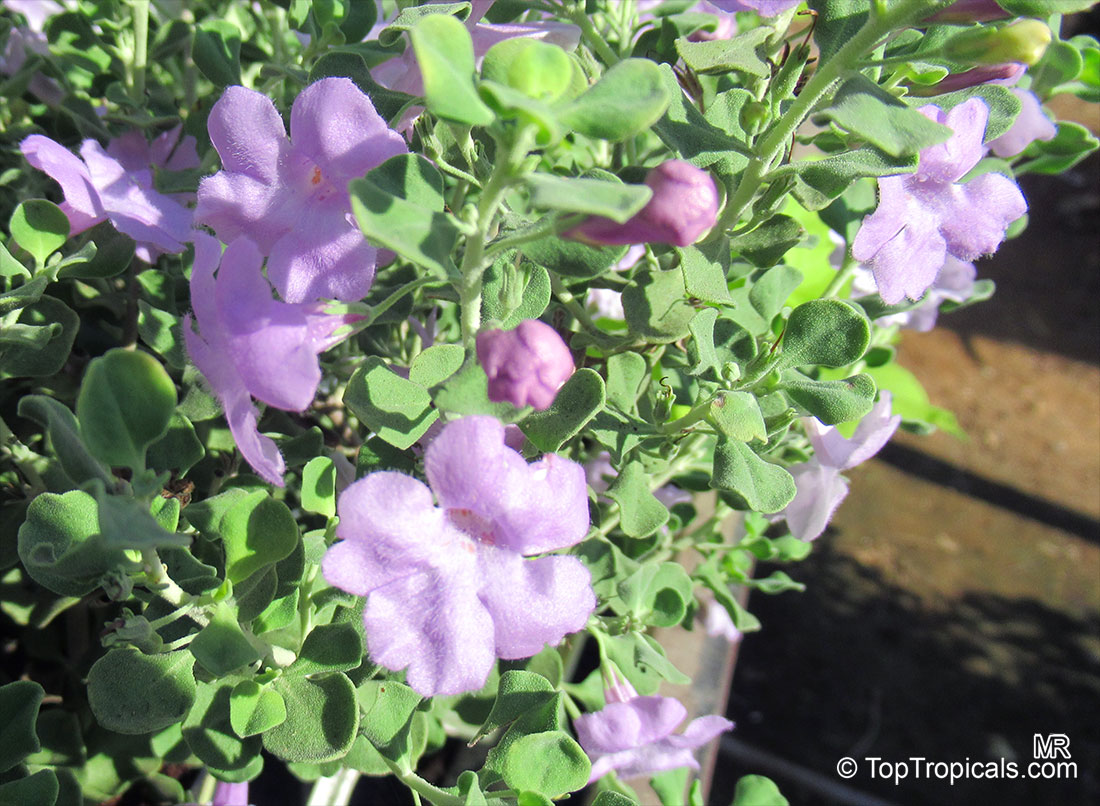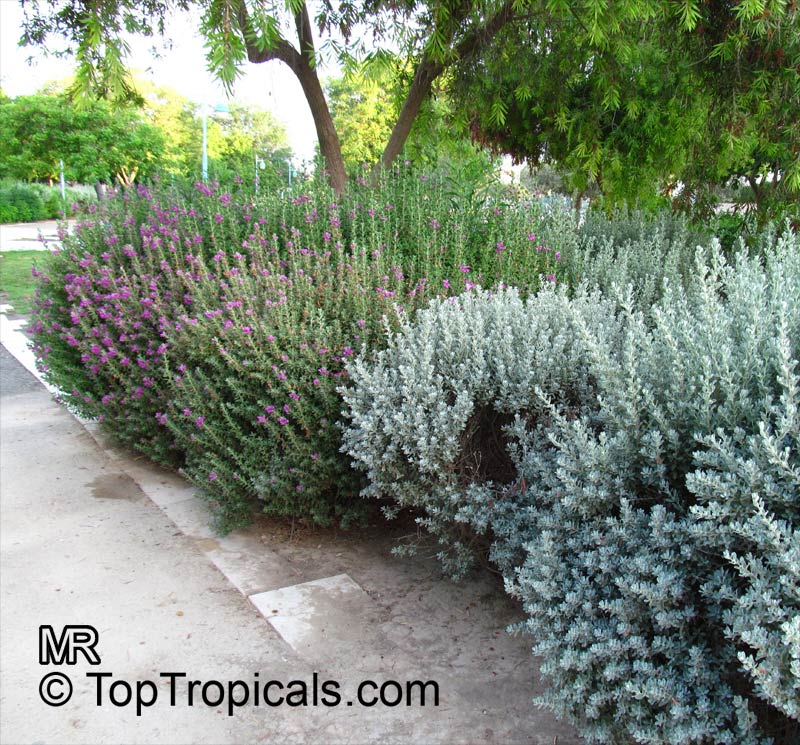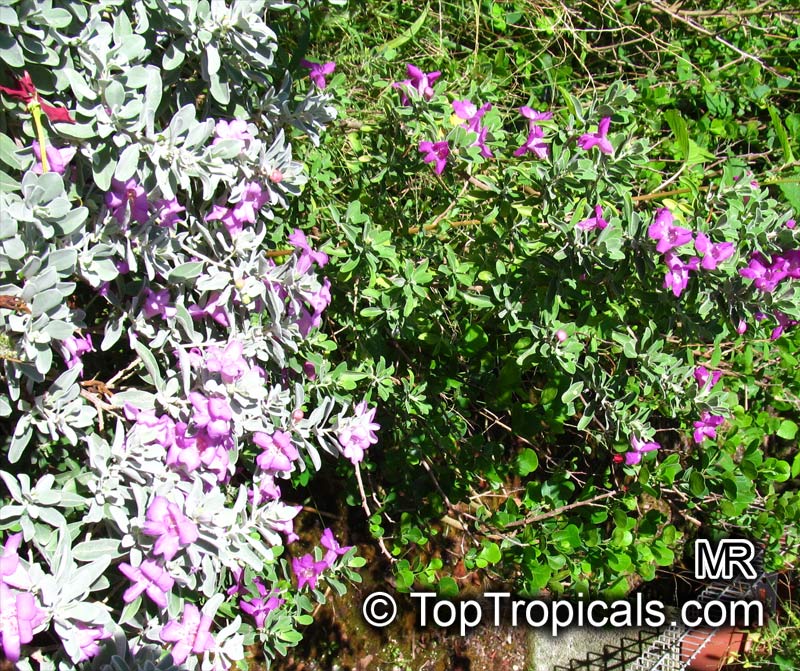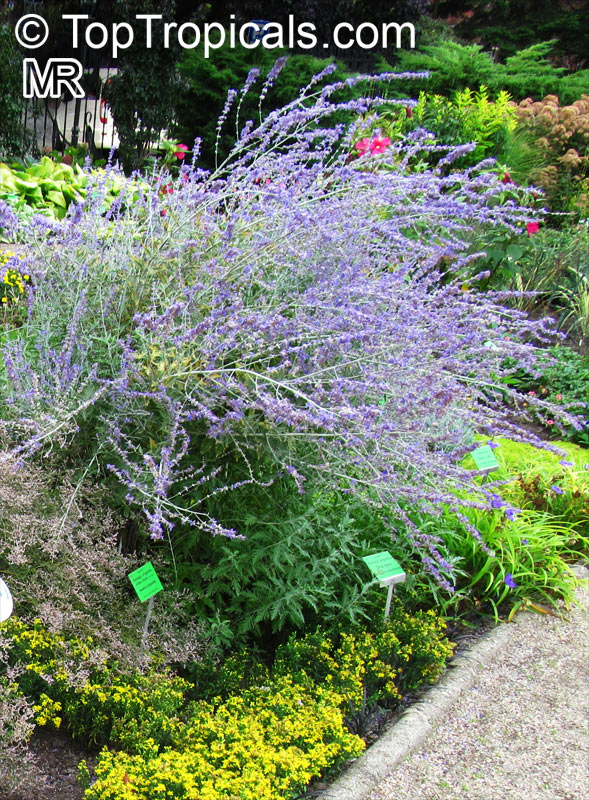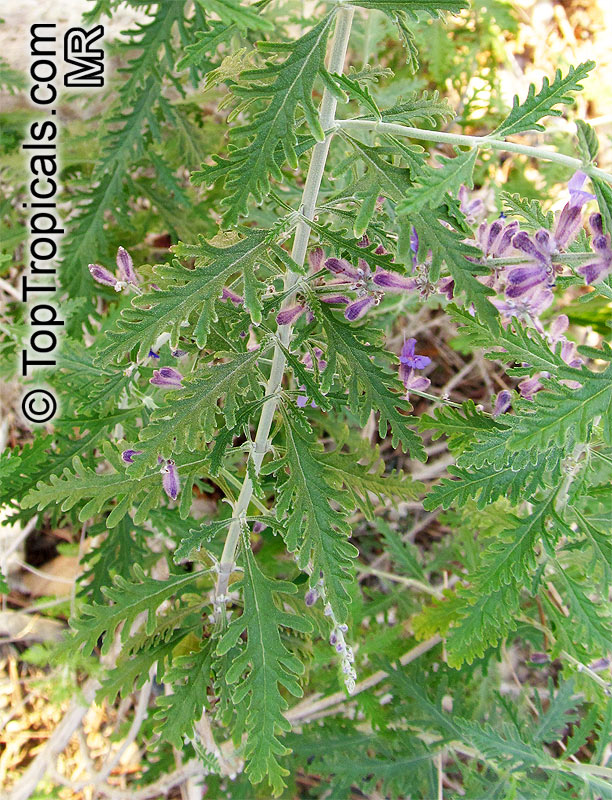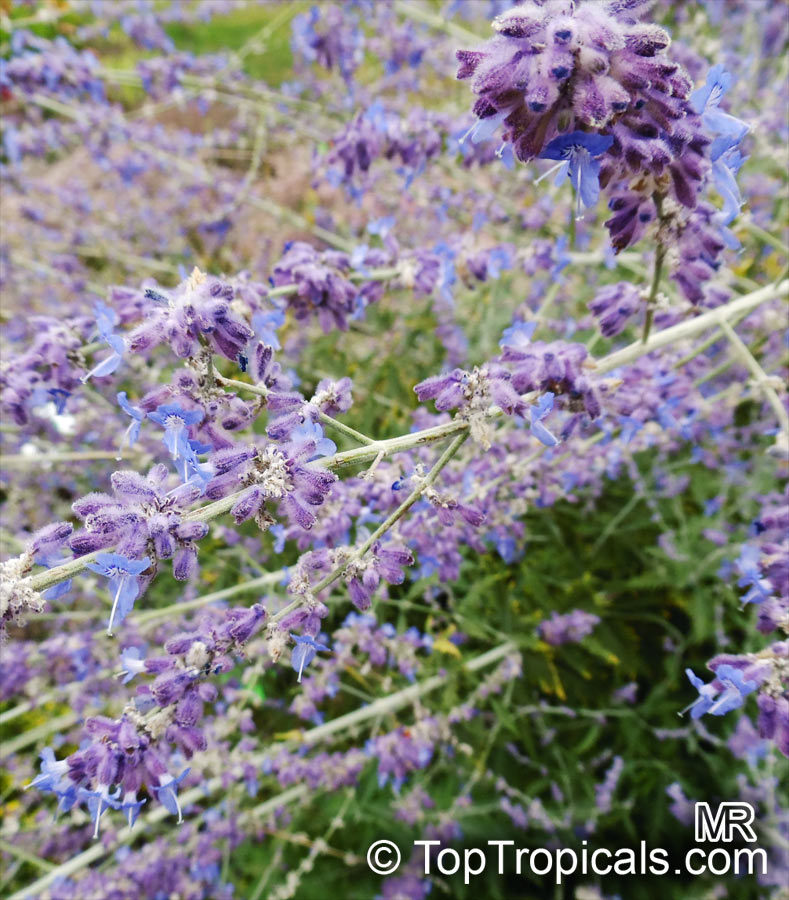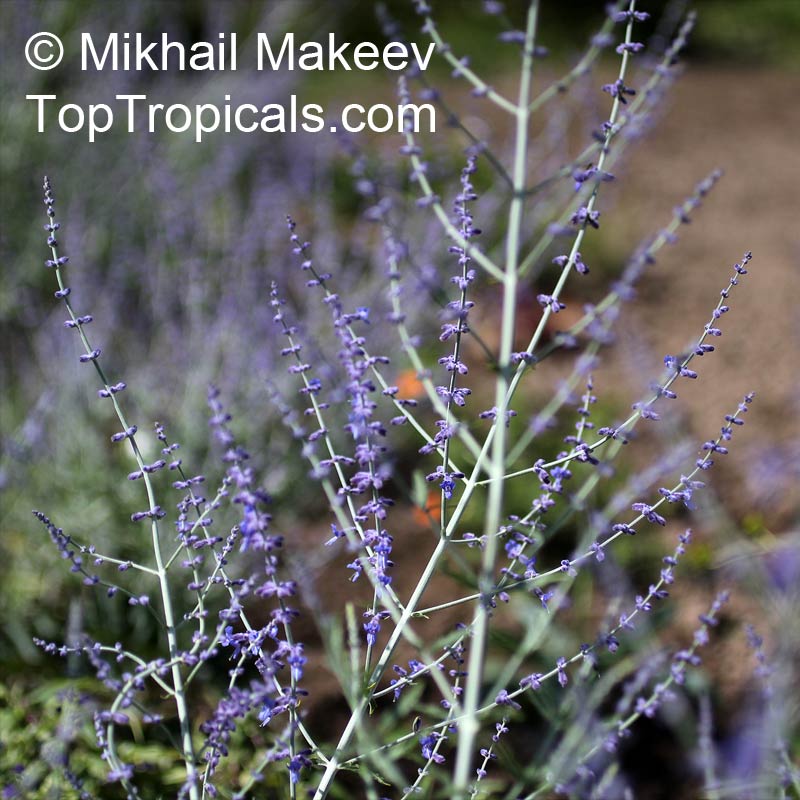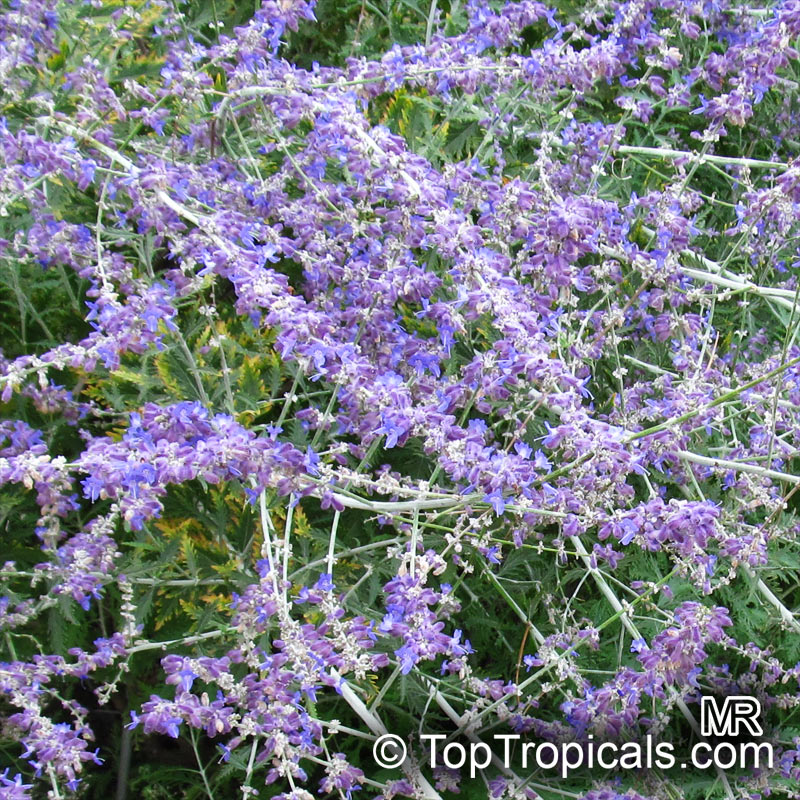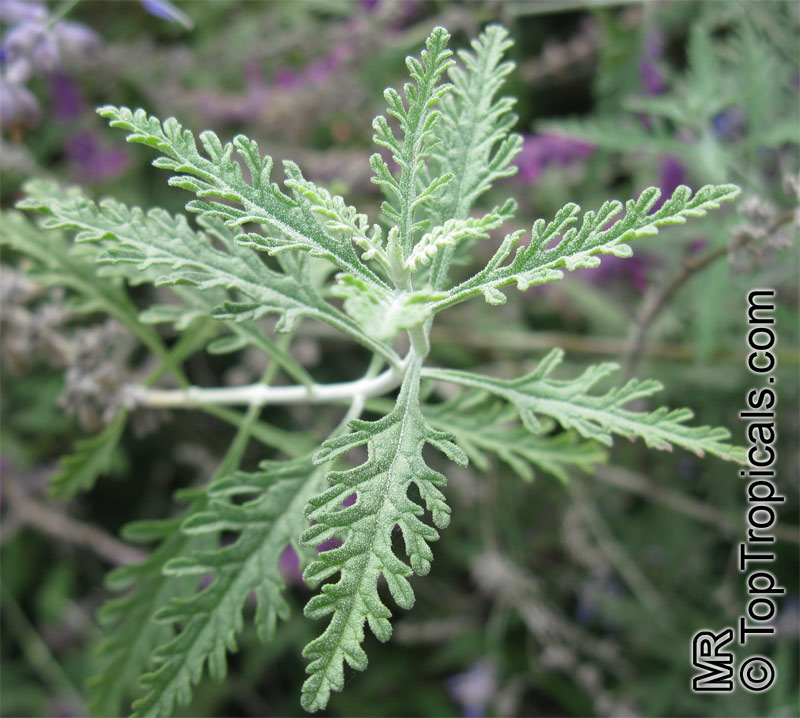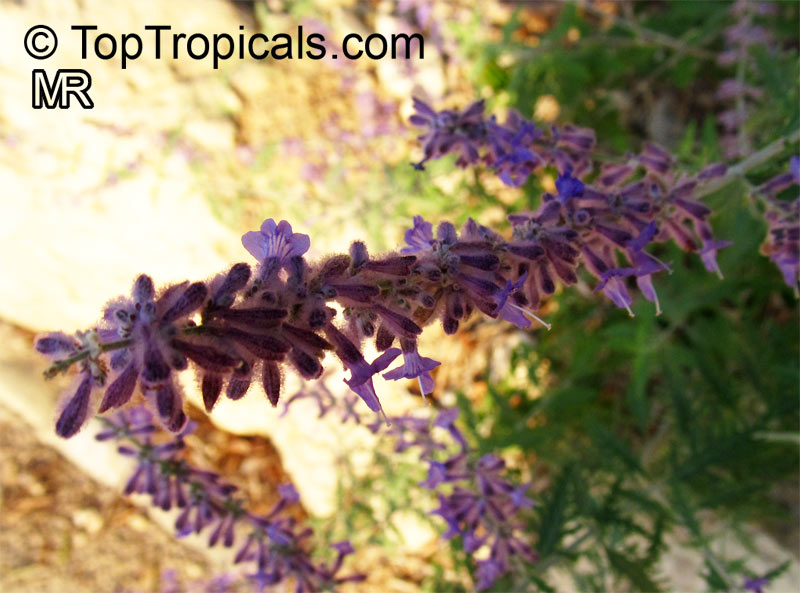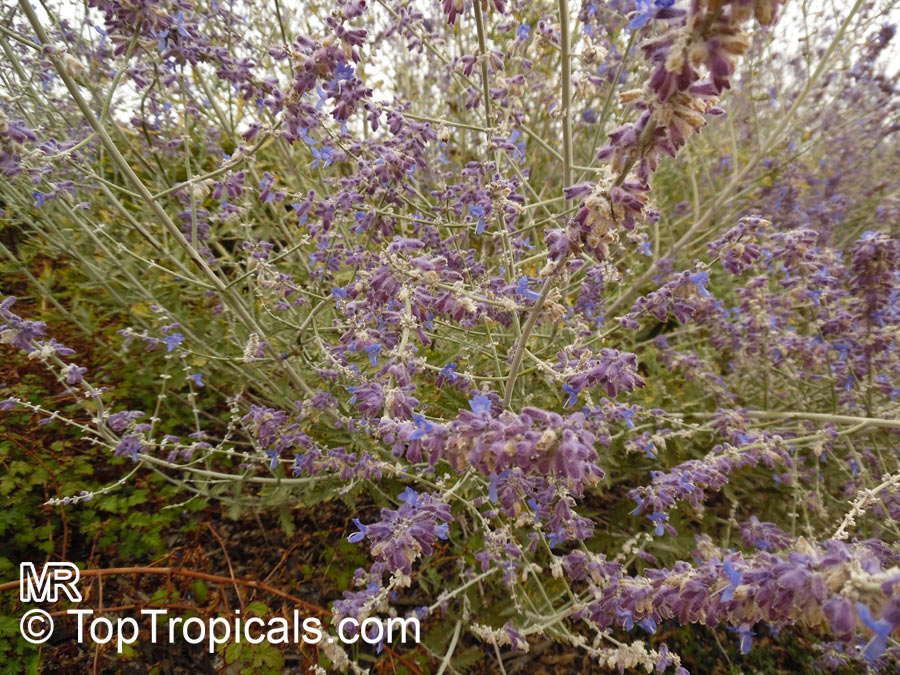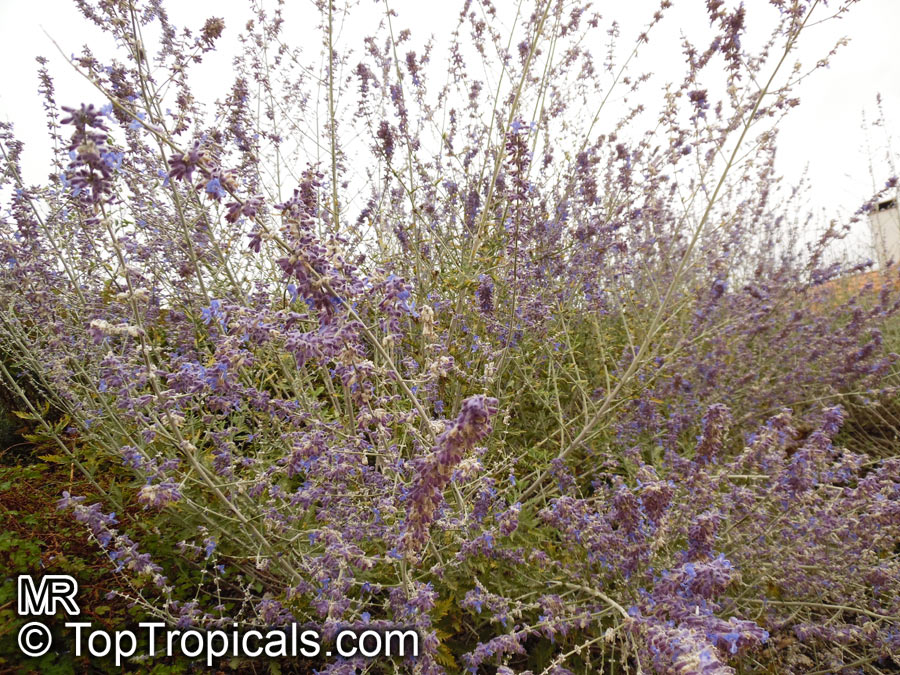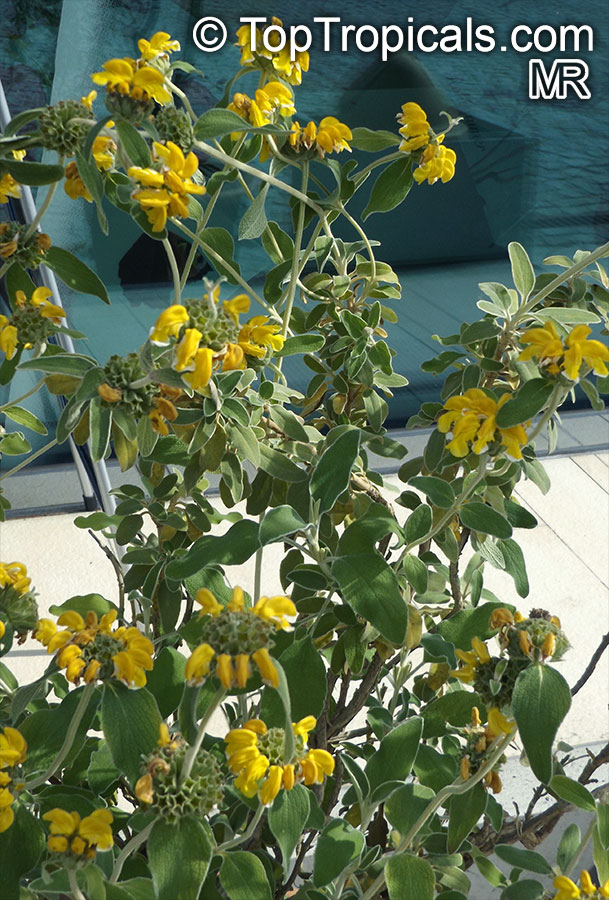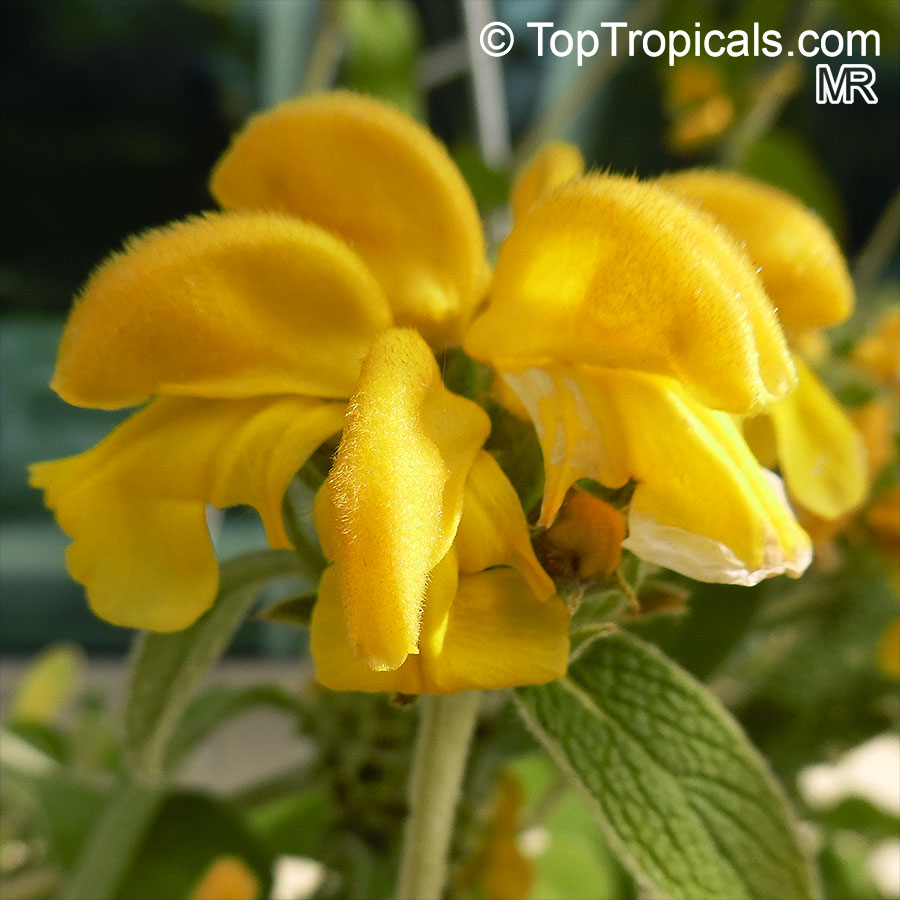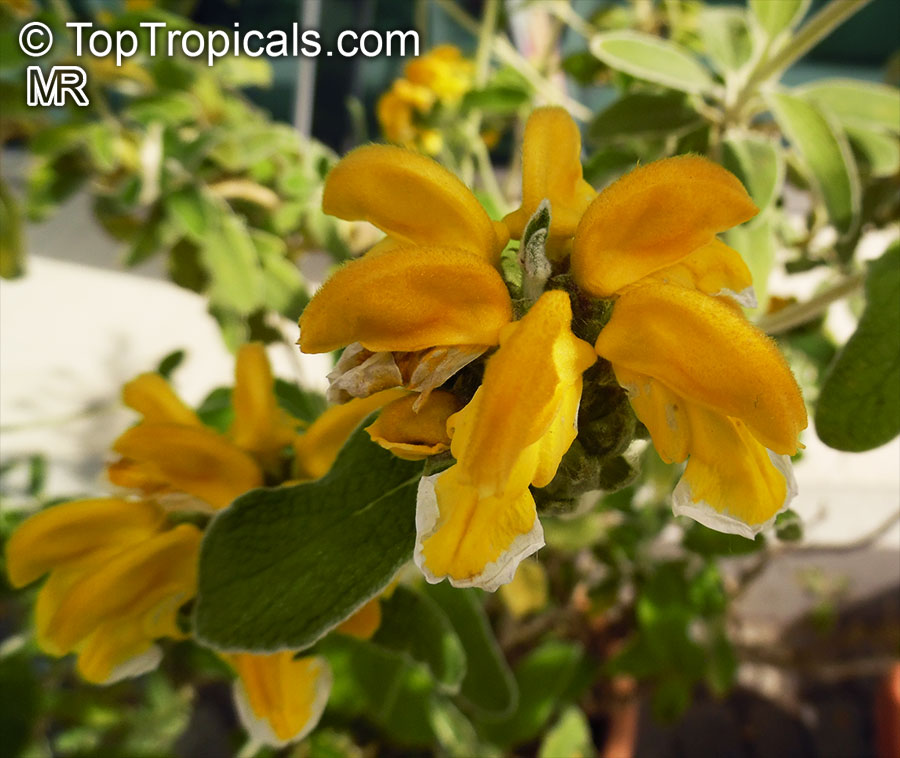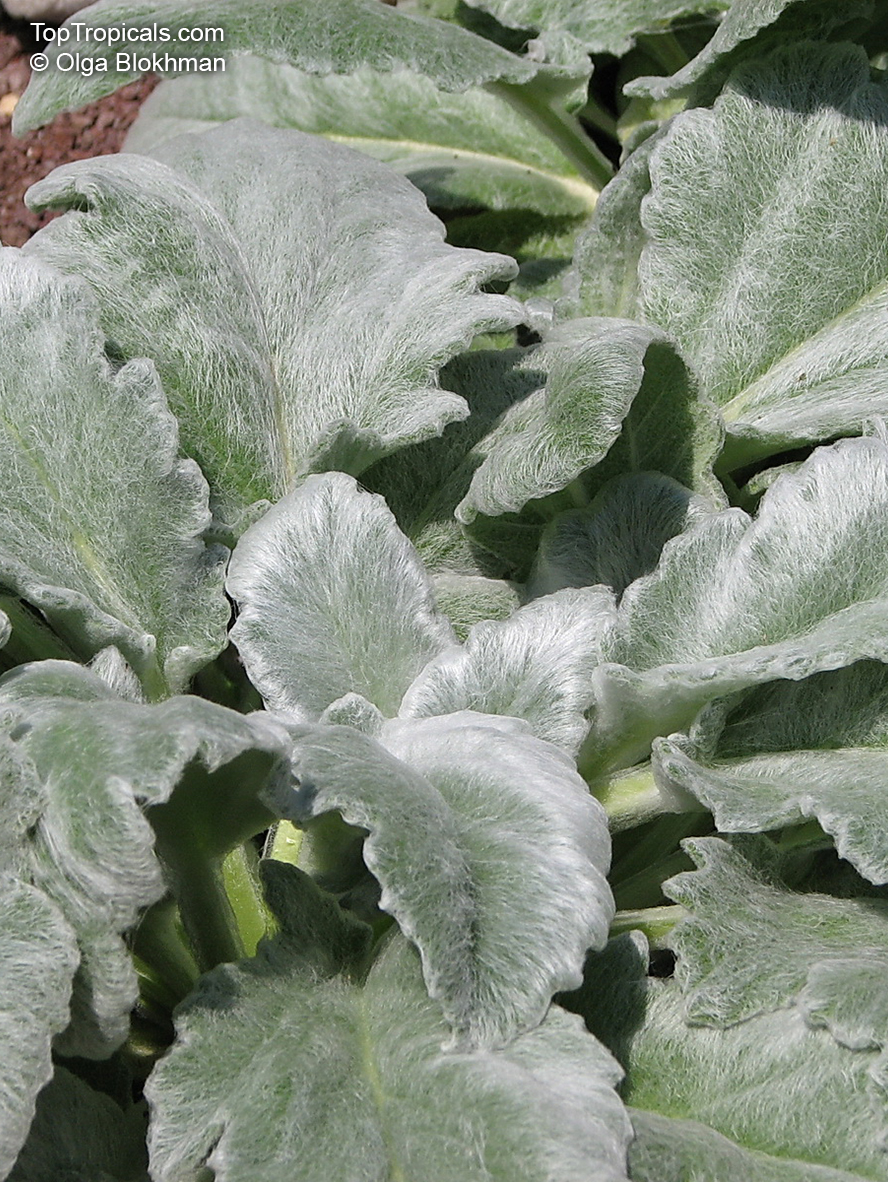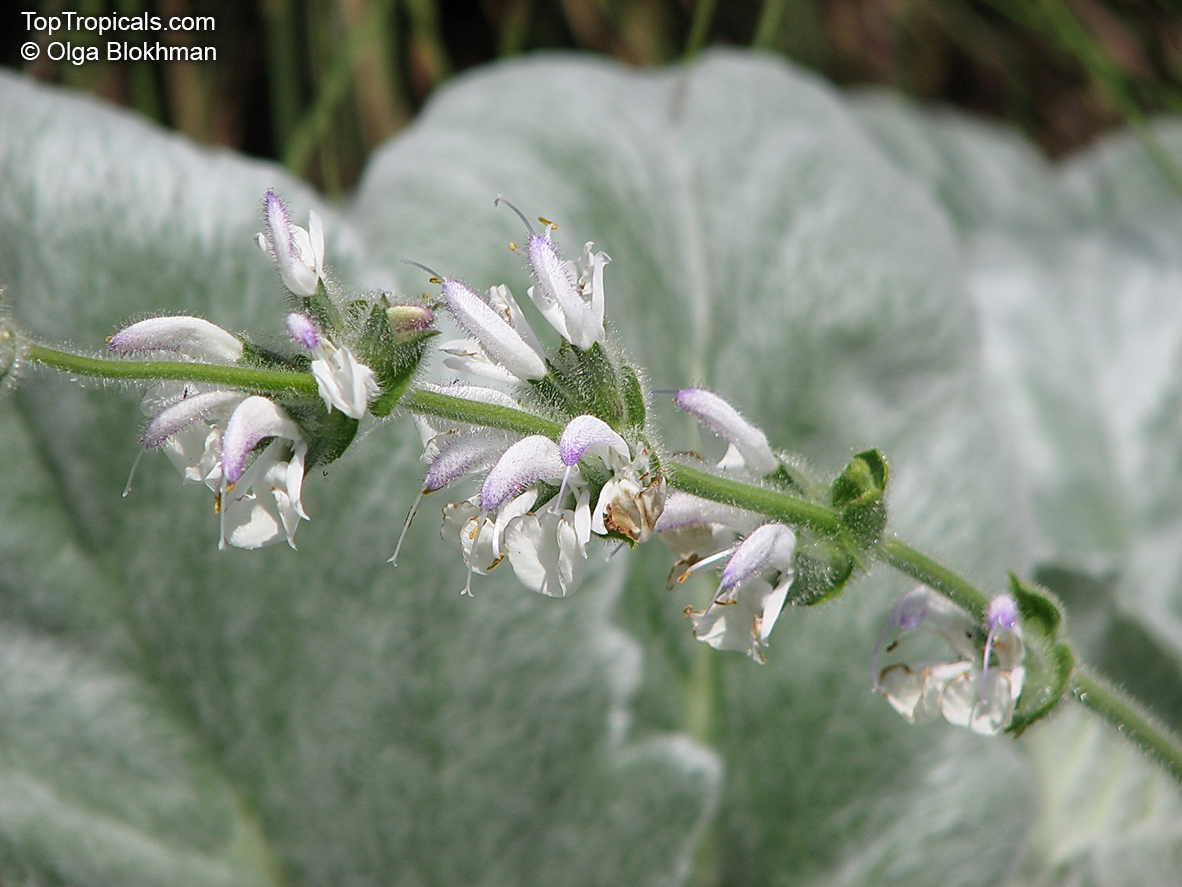Sage - Search results
| Number of plants found: 34 | Next | 
|
Go to page: | 1 | 2 | 3 | 4 |
Botanical name: Alangium salviifolium
Common name: Sage-leaf Alangium
Family: Alangiaceae
Origin: Tropical Asia





Native to tropical Asia, Alangium salviifolium is a small tree that grows to a modest height of 10 to 20 feet tall. The leaves are rough on top and smooth underneath. They have a mildly pleasing scent when crushed. This tree blooms in late spring and early summer with small, off-white or white flowers.
The Alangium salviifolium is an easy to grow in the right conditions. It thrives in full sun and warm temperatures. It prefers moist soil and regular watering, but it can tolerate some dryness. The plant is hardy to USDA zone 9-11.
When grown in pots in colder regions, the Alangium salviifolium will need to be taken indoors to protect it from extreme temperatures of winter. It is best to place the pot in a bright area and make sure to water regularly. The soil mix should be well draining and kept moist during the growing season. Fertilize occasionally with a balanced fertilizer to keep the plant healthy.
Alangium salviifolium is incredibly versatile and can be used in a variety of ways. It can be used as a specimen plant in small gardens, for landscaping in special areas, as a hedge or border, or even in planters. It also has ethnomedical uses, making it a great addition to your herb garden.
Botanical names: Cordia salvifolia, Cordia nesophila
Common names: Islandloving Cordia, Black Sage
Family: Boraginaceae
Origin: Dominican endemic






Botanical names: Eranthemum pulchellum, Eranthemum nervosum
Common names: Blue sage, Blue eranthemum, Lead Flower
Family: Acanthaceae
Origin: India









This is a strongly branched shrub, popular with gardeners because of the spikes of flowers that are bright gentian blue - an unusual color in the tropics. The flowers appear from green-and-white veined bracts that remain after the blooms fall, forming a column several inches long. The hairy leaves are large and dark green. A sprawling shrub which may reach a 4 ft or more in height, Eranthemum is usually kept lower and bushier through pruning. Light shade is preferred in a garden; in a greenhouse it needs warm conditions. It is easily propagated from cuttings.
Learn more about Eranthemum pulchellum: Blue Sage: Winter Wonder.
Botanical name: Eranthemum wattii
Common names: Blue Eyes, Blue Sage
Family: Acanthaceae
Origin: India








Clusters of cheery violet-purple blossoms poke out of the deep green foliage on this delightful summer-blooming plant. Very colorful plant with a compact habit, it has oval leaves with odd papery edges, brilliant blue-violet phlox-like heads. Typically the leaf surfaces retain the waxy scruft evolved to protect the emerging foliage. Similar to Eranthemum pulchellum but with a deeper purple flower.Prefers a rich soil, semi-shade and frost protection.
Botanical names: Koanophyllon villosum, Eupatorium villosum
Common names: Jack-Ma-Da, Bitter Sage, Thoroughwort
Family: Asteraceae
Origin: Caribbean









Native to the Caribbean and grown in USDA Zone 9-11, Koanophyllon villosum, commonly known as Jack-Ma-Da, is an ethnomedical plant that is used in the Caribbean region. It is a large shrub, typically 5-10 ft in height, and attracts butterflies and hummingbirds. The shrub'âs leaves are a bright green hue and its white, off-white flowers bloom in the summer.
Growing Koanophyllon villosum is relatively easy and it prefers full sun exposure with moderate water. It can also thrive in semi-shade making it a good choice for shady gardens.
In colder regions, Koanophyllon villosum can be grown in a pot in a sheltered spot, such as near a wall or fence. When choosing a pot for the shrub, make sure that the pot and the soil are well-drained. To ensure the shrub thrives, use high quality compost to nourish the soil, making sure not to over water as it can cause root rot.
Koanophyllon villosum is a beautiful addition to any garden. Its hardy nature makes it a great choice for novice gardeners or for those with little time to devote to gardening.
Botanical name: Leucophyllum frutescens
Common names: Texas Ranger, Texas Sage, Barometer Bush, Cenizo, Silverleaf, Purple Sage
Family: Scrophulariaceae
Origin: Texas, Mexico













Drought-tolerant shrub with silvery, feltlike leaves; flowers in summer are pink, pale-bluish or lavender. Propagation: vegetative cuttings from soft wood (tip growth), best during spring growth. Purple sage is one tough plant, it can face droughts, freezes, high winds, salt spray, hungry deer, and blazing heat and keep right on performing beautifully. It is called Barometer bush because flowering is triggered by humidity or high soil moisture after rains.
Botanical name: Leucophyllum sp.
Common name: Texas Sage
Family: Scrophulariaceae
Origin: Texas, Mexico











Leucophyllum have become popular for edge and area plantings in warmer areas and in xeriscaping; they require minimal water, are easily shaped into hedges, and bloom over their entire surface. Cultivars of L. frutescens, L. candidum, L. laevigatum, L. langmaniae, L. pruinosum, L. revolutum, and L. zygophyllum have been developed.
Botanical name: Perovskia sp.
Common name: Russian Sage
Family: Lamiaceae
Origin: Southwestern and Central Asia










Perovskia sp. (Russian Sage) is a small flowering plant native to Southwestern and Central Asia. Growing to a height of 2-5 ft, this plant can be placed in semi-shade or full sun with moderate water. The ornamental foliage and pretty, blue, lavender and purple flowers makes it an attractive addition to any garden. It also attracts butterflies and hummingbirds, perfuming the air with its fragrant scent.
When mature, this plant is cold hardy, making it ideal for gardens in USDA Zone 4-9. This small, but strong flowering plant is a favorite for rock gardens, beds and borders because of its low maintenance needs and ability to grow in diverse climates.
When caring for Russian Sage plants, it is important to provide good, organic soil for them to grow in. For best growth, give them a slightly acidic soil. If planted in pots, then ensure the container has drainage holes and prevent the soil from becoming soggy as it may cause root rot. For cold regions, it is best to bring the containers indoors during the winter season to protect the plant from extreme temperatures.
Botanical name: Phlomis fruticosa
Common name: Jerusalem Sage
Family: Lamiaceae
Origin: Eastern Mediterranean







Phlomis fruticosa is a dense, rounded, branching upright shrub reaches a mature height of 2-5 ft tall and is slightly wider at the base. Jerusalem Sage thrives in full sun and well-drained soil. It requires moderate amounts of water for best growth. In the early part of the season, water more often, then reduce watering as the growing season progresses. The sage-like, aromatic leaves are oval, 2-4 inches long, wrinkled, grey-green with white undersides, and covered with fine hairs. The yellow and orange flowers attract butterflies, hummingbirds and beneficial insects, adding interest and life to the garden.
The mature plant is cold hardy in USDA Zone 9-10 and possibly to Zone 8 with heavy mulch and protection under cold frames. In cold regions (down to 30 degrees), it can be grown as a woody semi-evergreen in a sheltered spot, in well-drained soil, in large containers. This will enable it to move to shelter in winter.
In the fall, remove dead flower stalks and tip-prune if desired to main a more compact shape. As a otherwise relatively slow-growing plant, applying an all-purpose nutrient-rich fertilizer in spring is the best way to encourage dense foliage.
Phlomis fruticosa is an attractive and fragrant year-round plant providing interest in the landscape with its bright blossoms, green foliage and attractive form. With its easy care, it offers a striking impact in any garden bed and is a great choice for container gardening.
Botanical name: Salvia argentea
Common names: Silver Sage, Silver Salvia, Hobbits Foot
Family: Lamiaceae
Origin: Mediterranean







Silver Sage (Salvia argentea) grows to only 2-5 feet in height and width, and prefers sunny, dry location with excellent drainage. The plant requires moderate water and, with regular irrigation, should not be allowed to dry out too much. Though many people love Silver Sage because of its ornamental foliage, it does display small white and off-white flowers in mid to late summer.
Plant thrives in USDA Zones 5-9. Care when growing Silver Sage in colder regions involves planting in a pot and bringing it inside for the winter when night temperatures threaten to drop below freezing, using it as an attractive and fragrant source of houseplant for the winter months. The soil should be allowed to almost dry out between waterings, and during the winter months the plant should remain in a cool, bright spot in the home. When Spring arrives water the plant more frequently and move it to a protected, sunny location outdoors. Once the plant is back outside, water pots deeply to encourage new growth.
Silver Sage is an excellent choice for rock gardens and for perennial borders, where it will add silvery-blue foliage to the garden in the Summer months. Plants are best grouped as single specimen or in a clumping mass as a ground cover. It's also a great plant for mass plantings and can also be grown in containers, raised beds and window boxes.
| Next |  |
Use link to repeat this search:
https://toptropicals.com/cgi-bin/garden_catalog/cat.cgi?find=Sage&search_op=and&keyword_op=and&language=e&number=10
&no_change_lang=1&user=tt&sale=1&first=0
